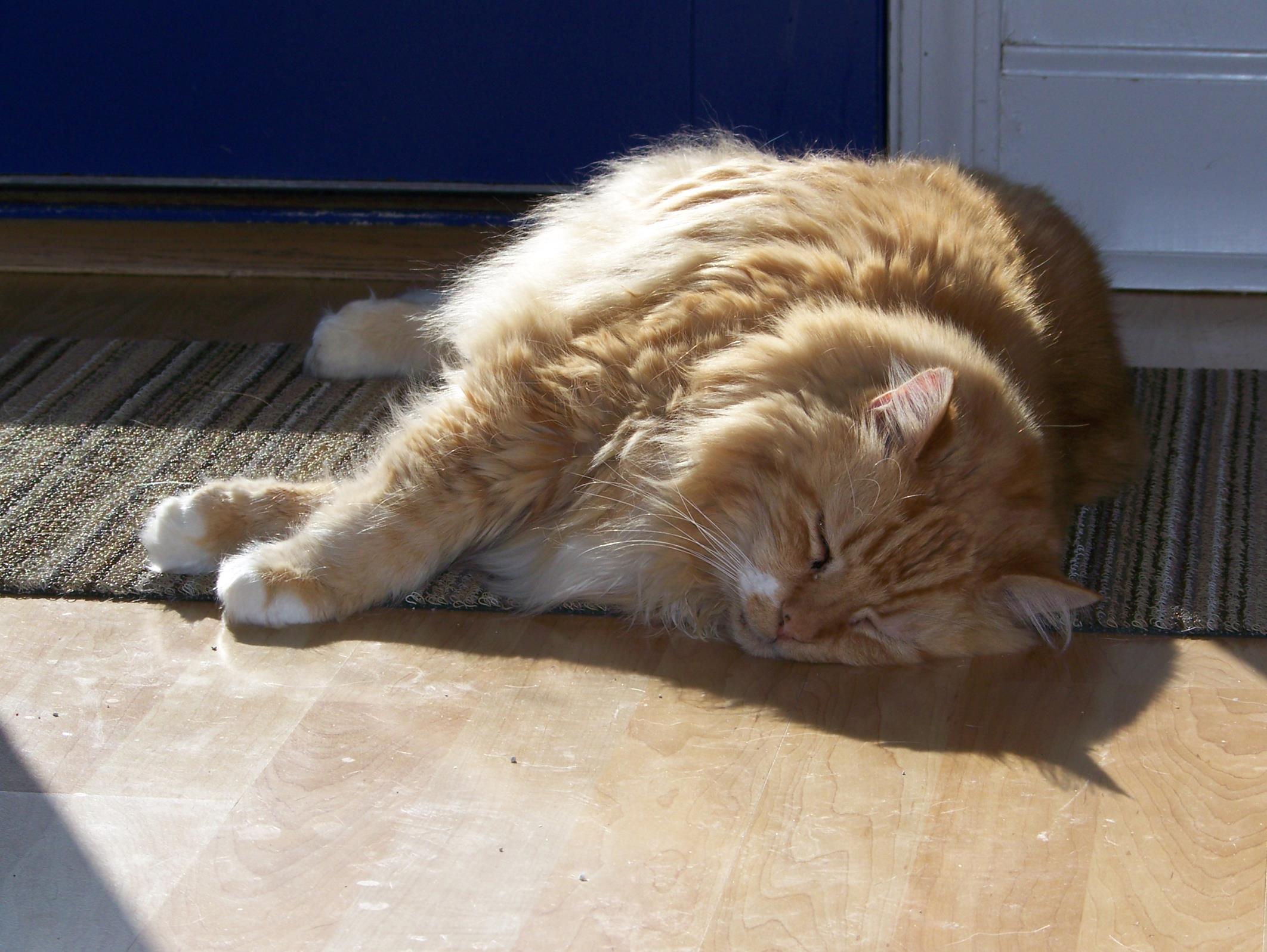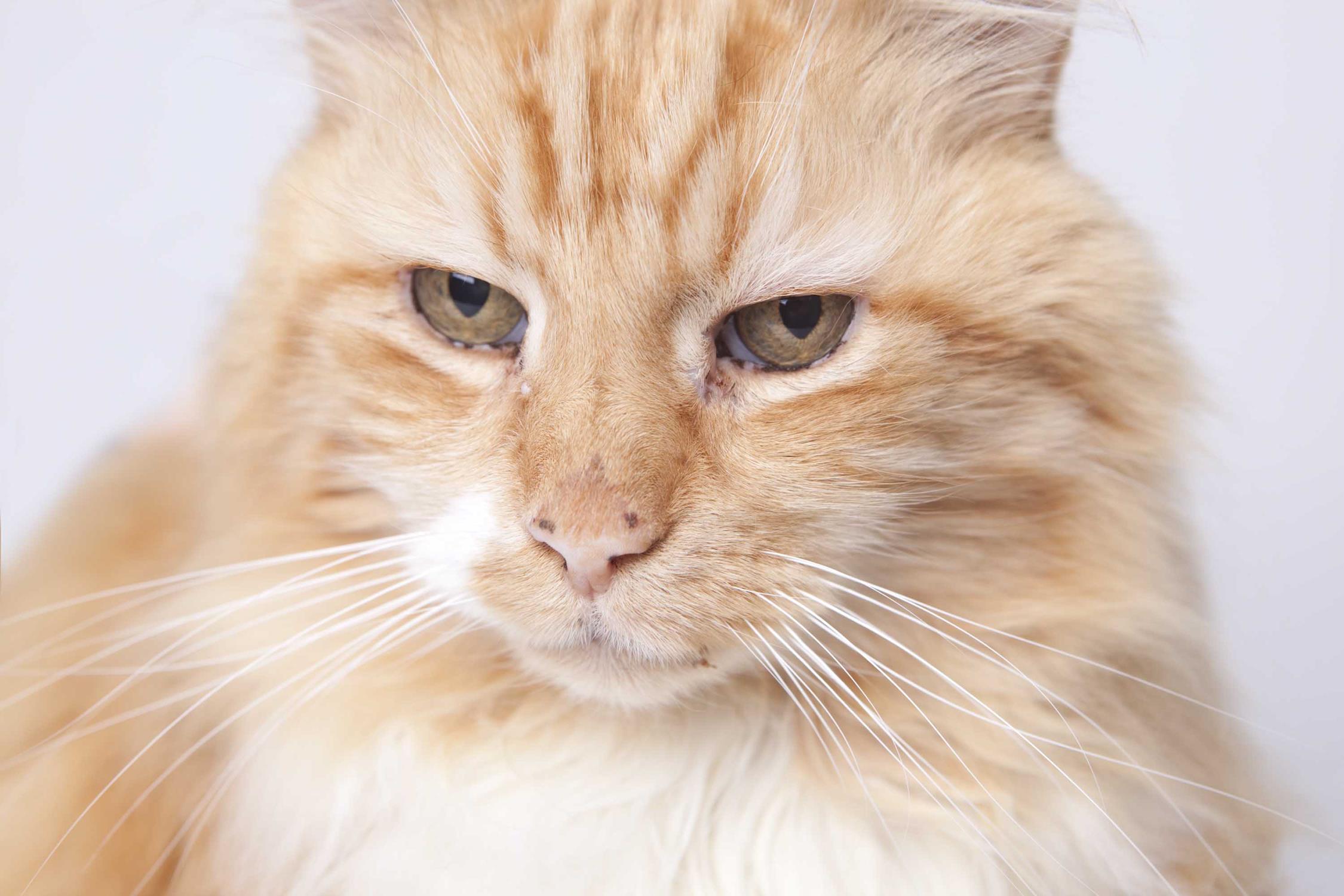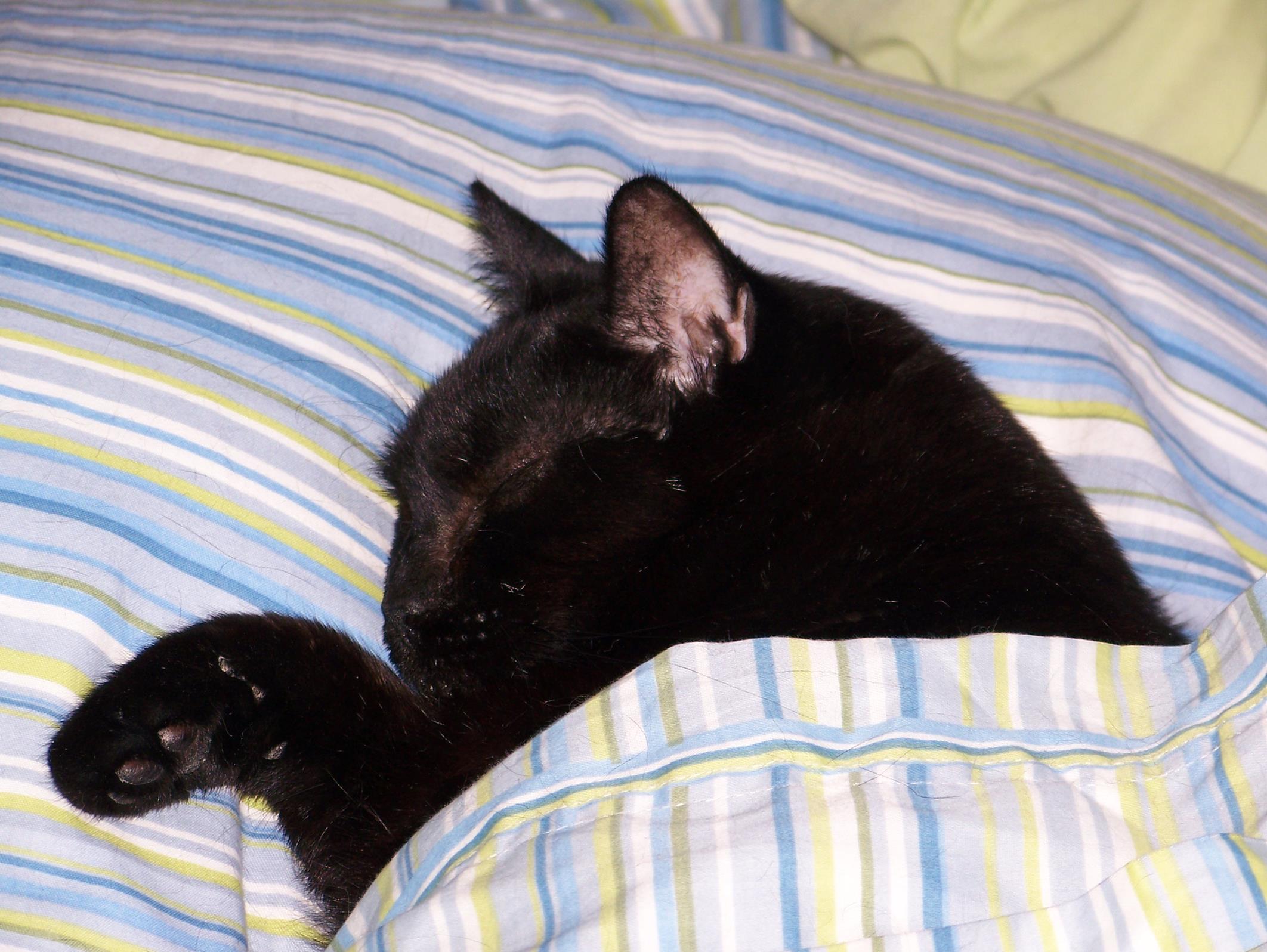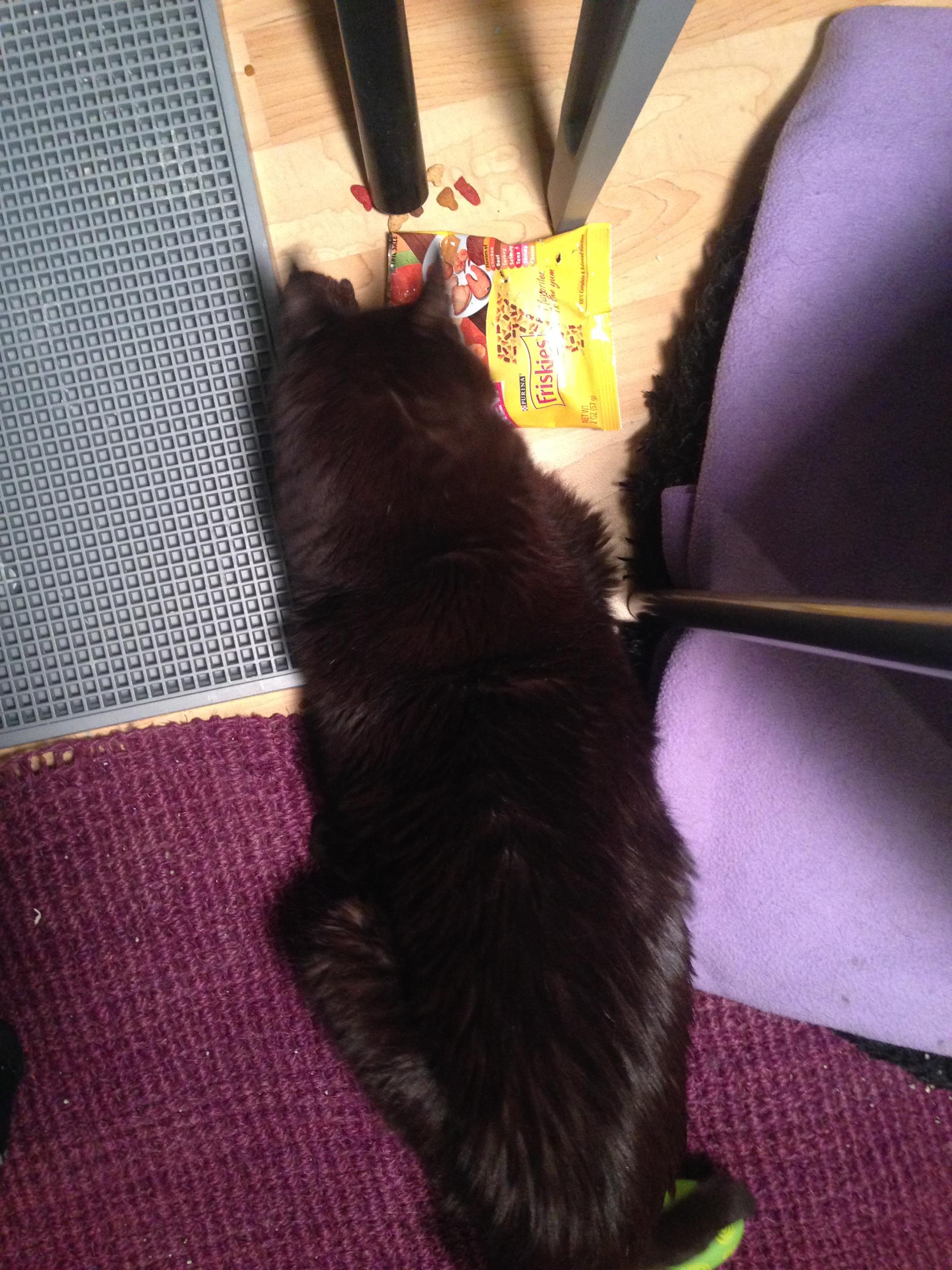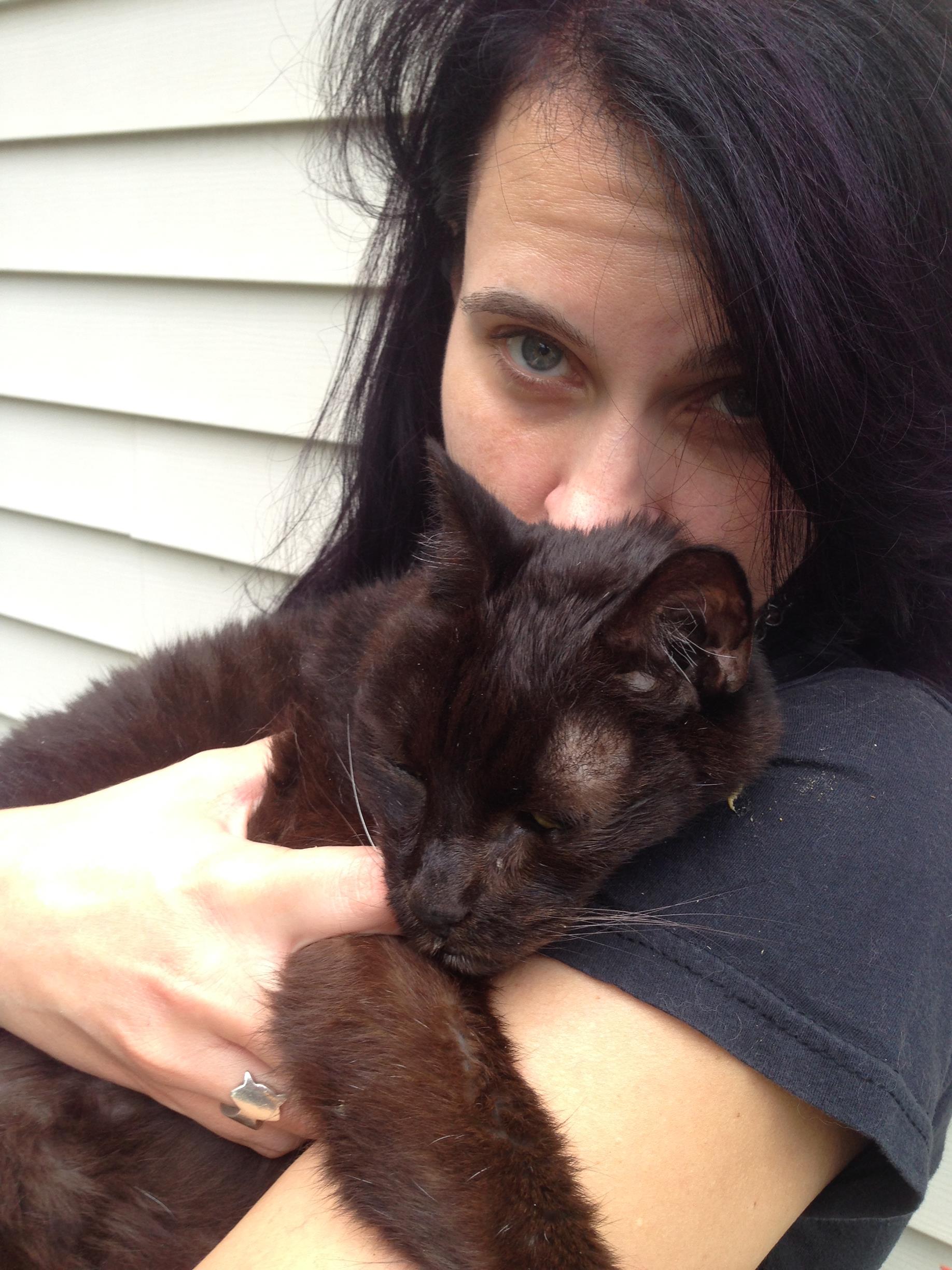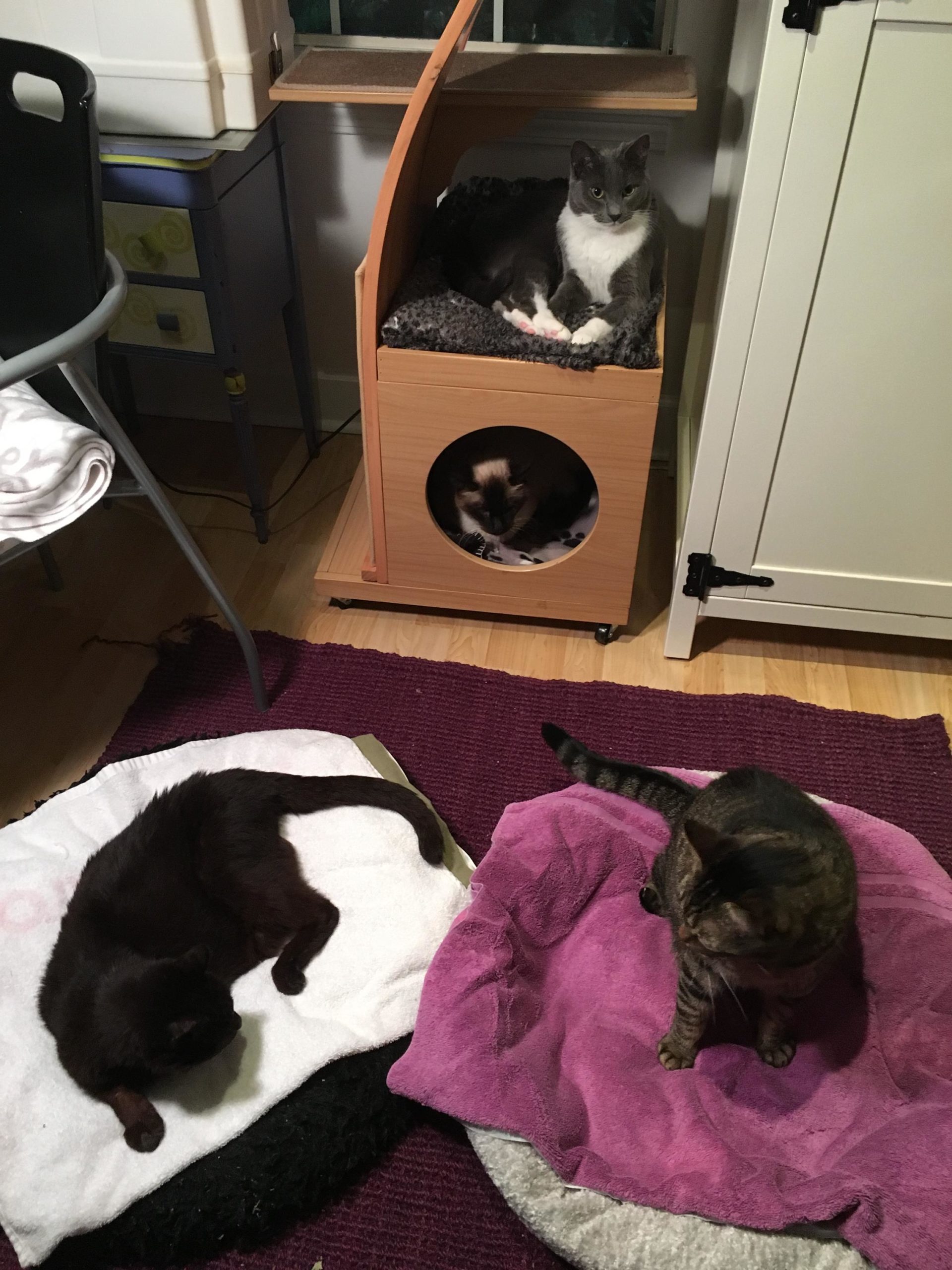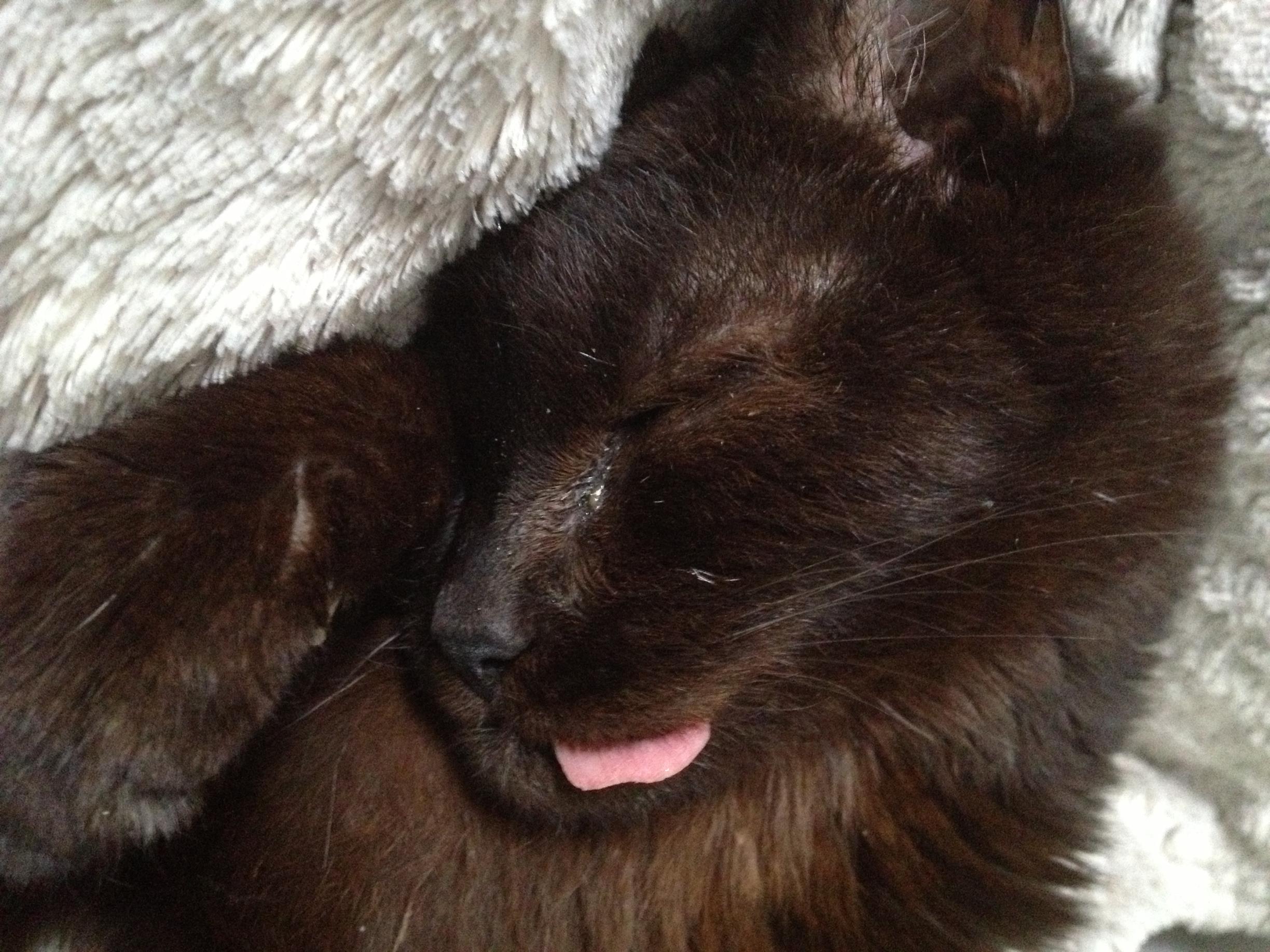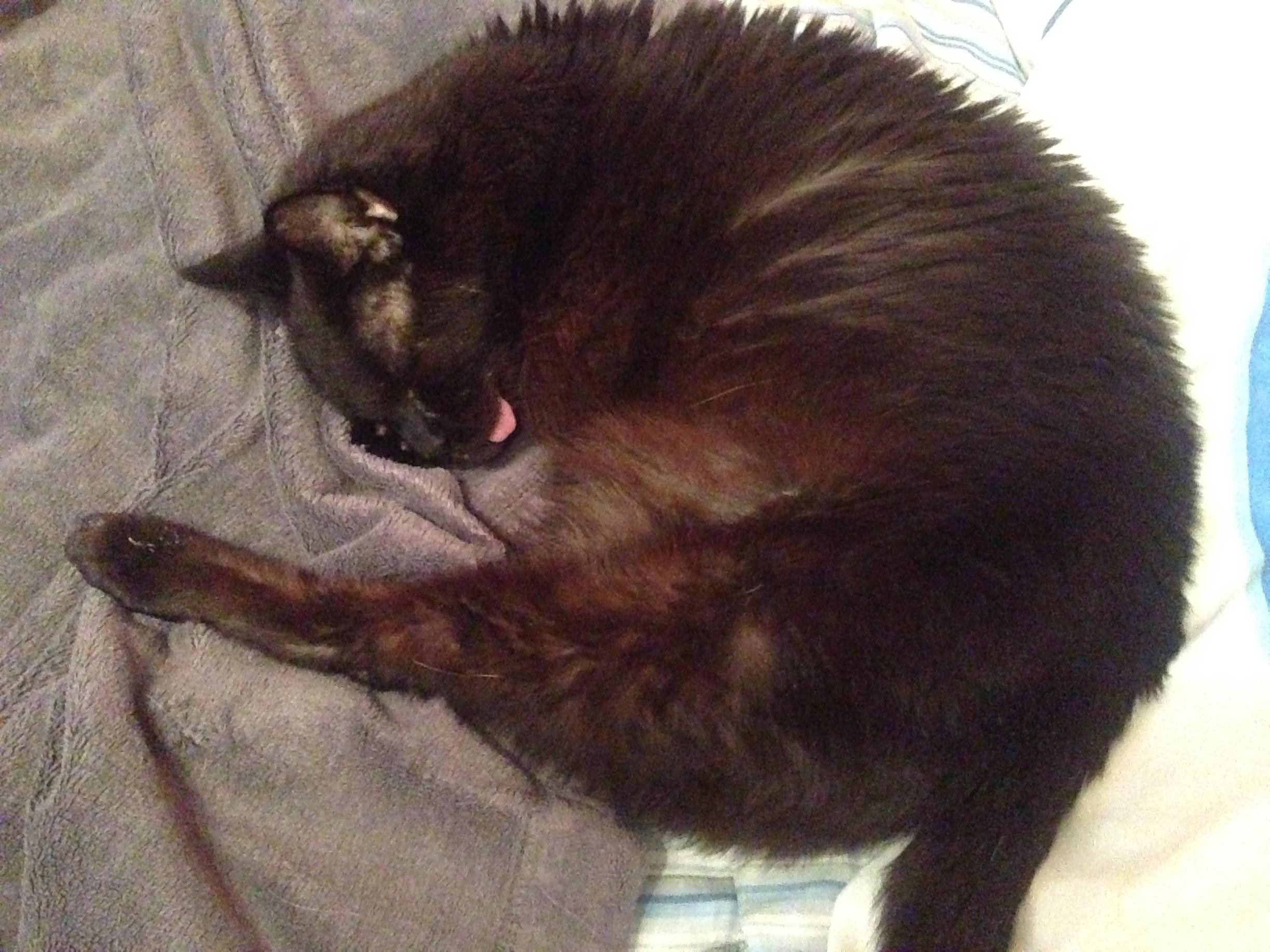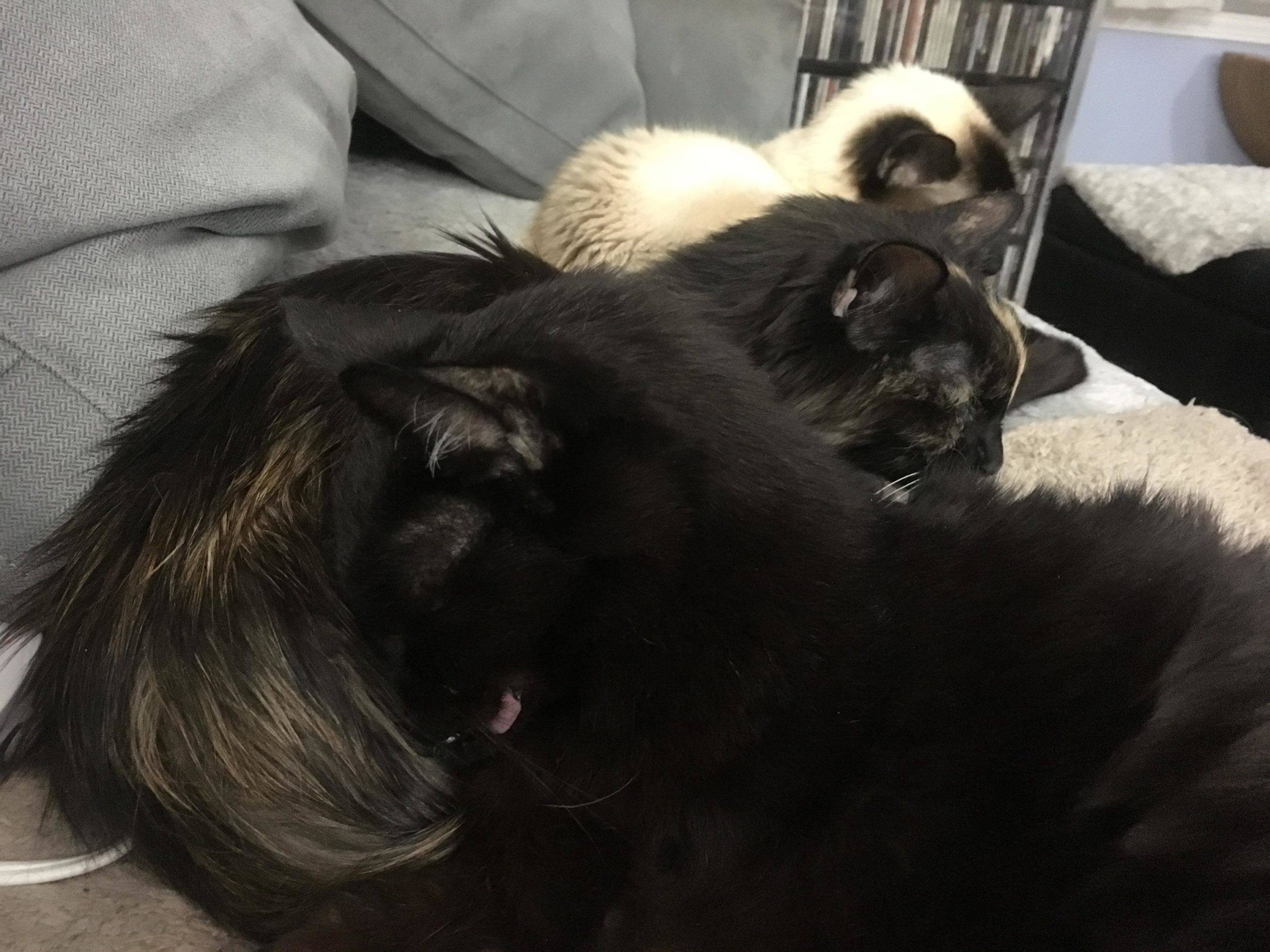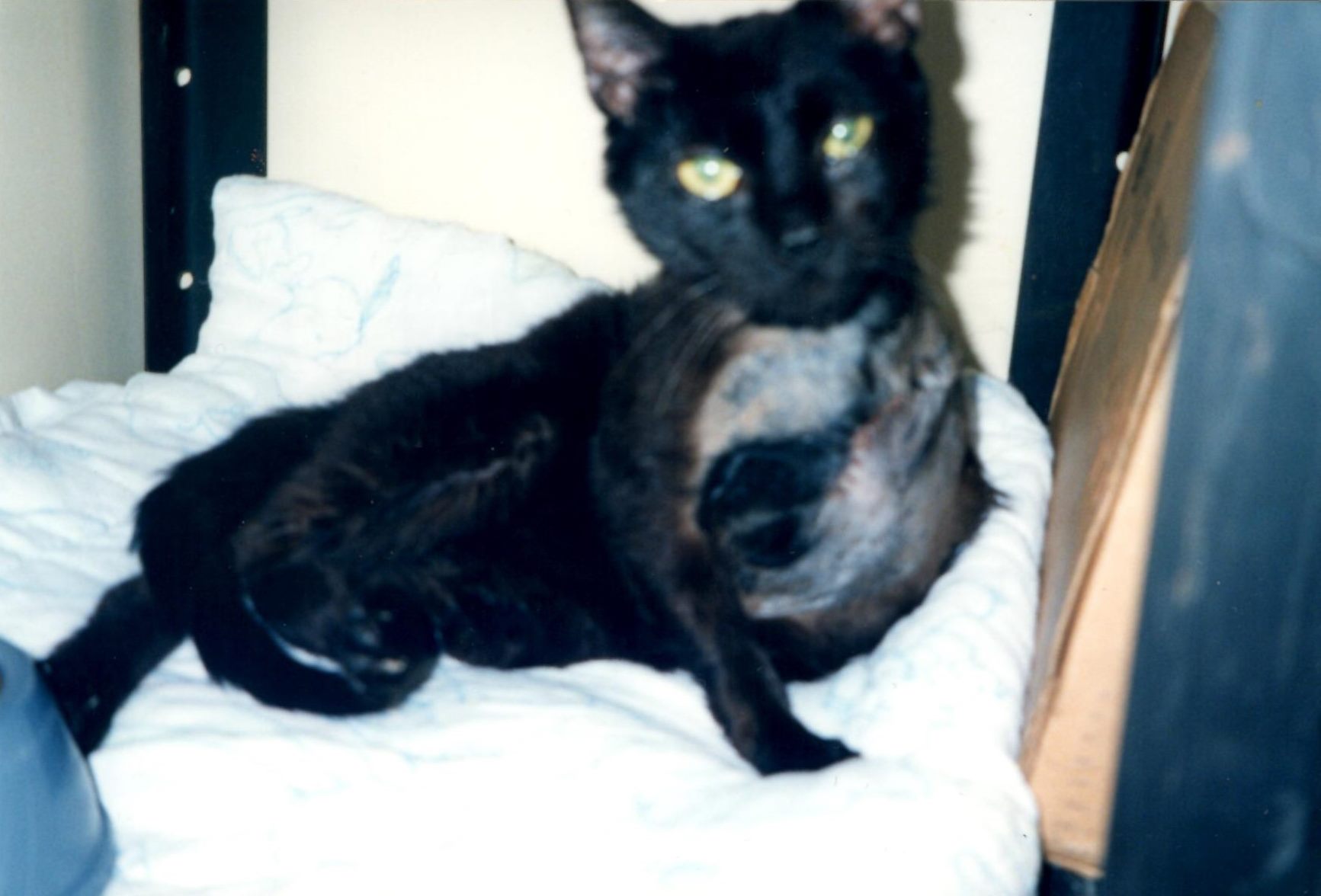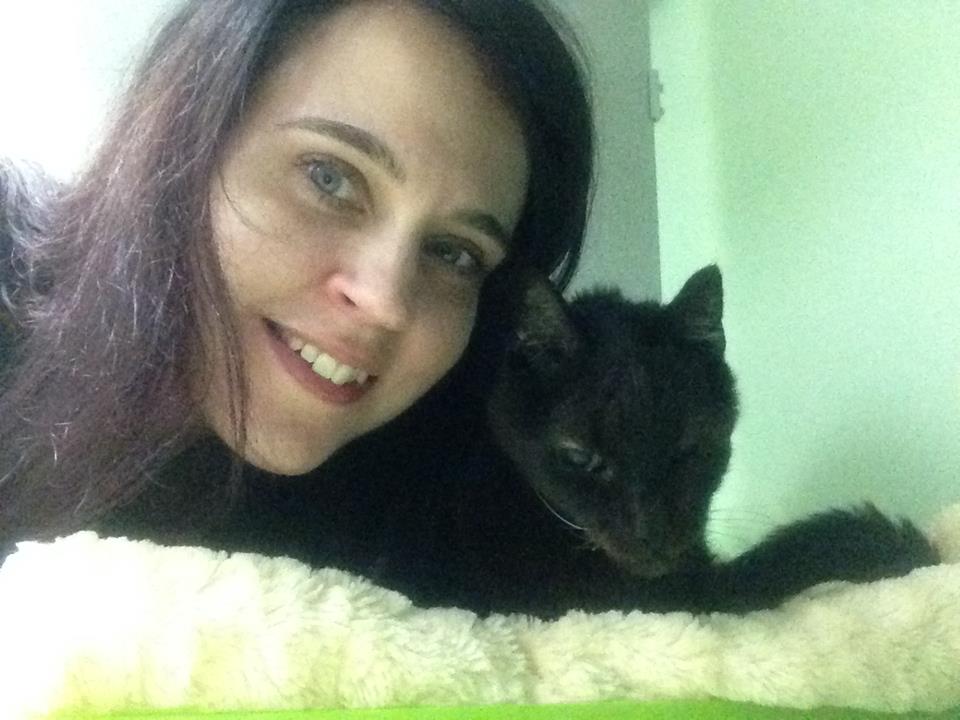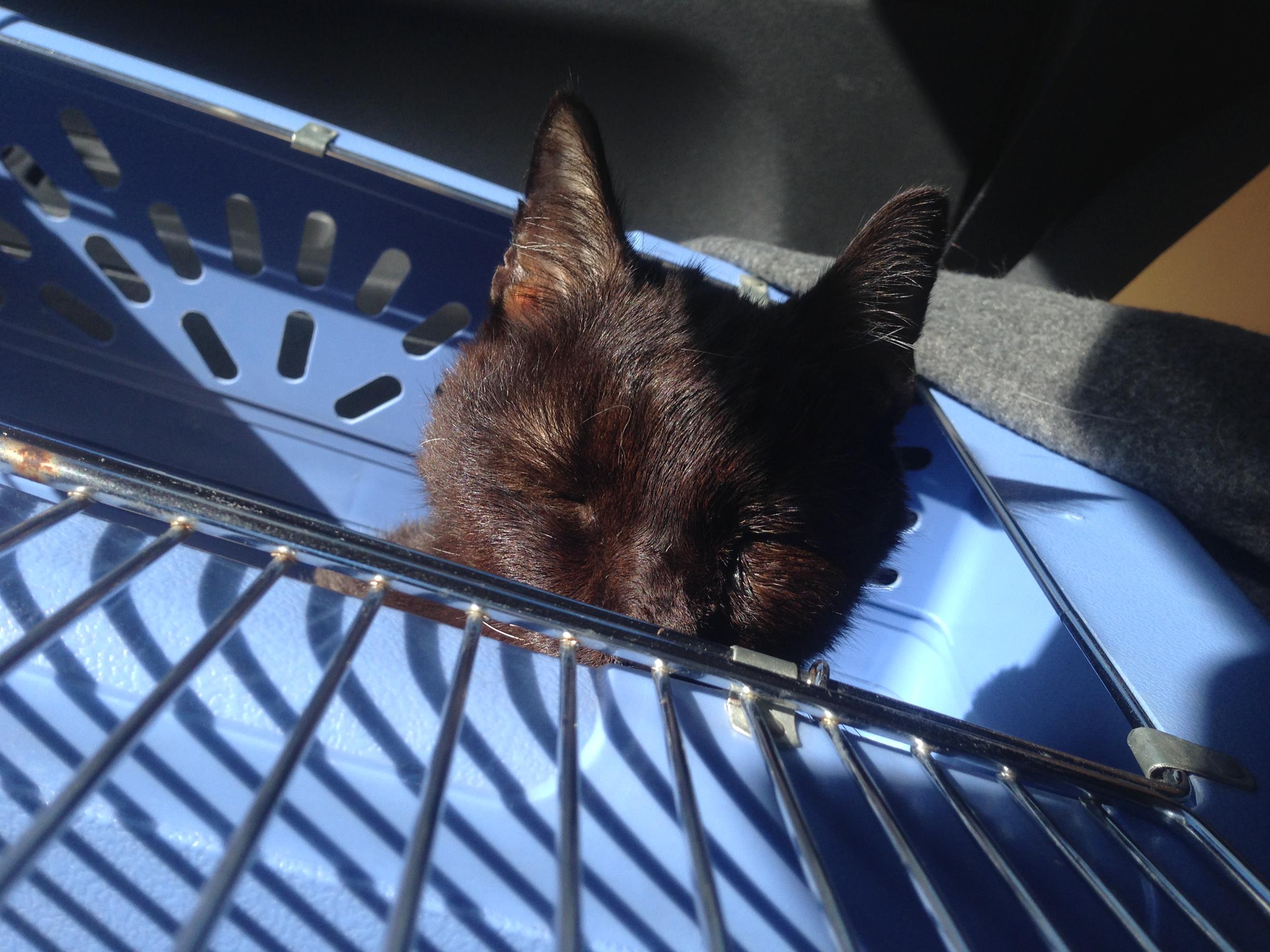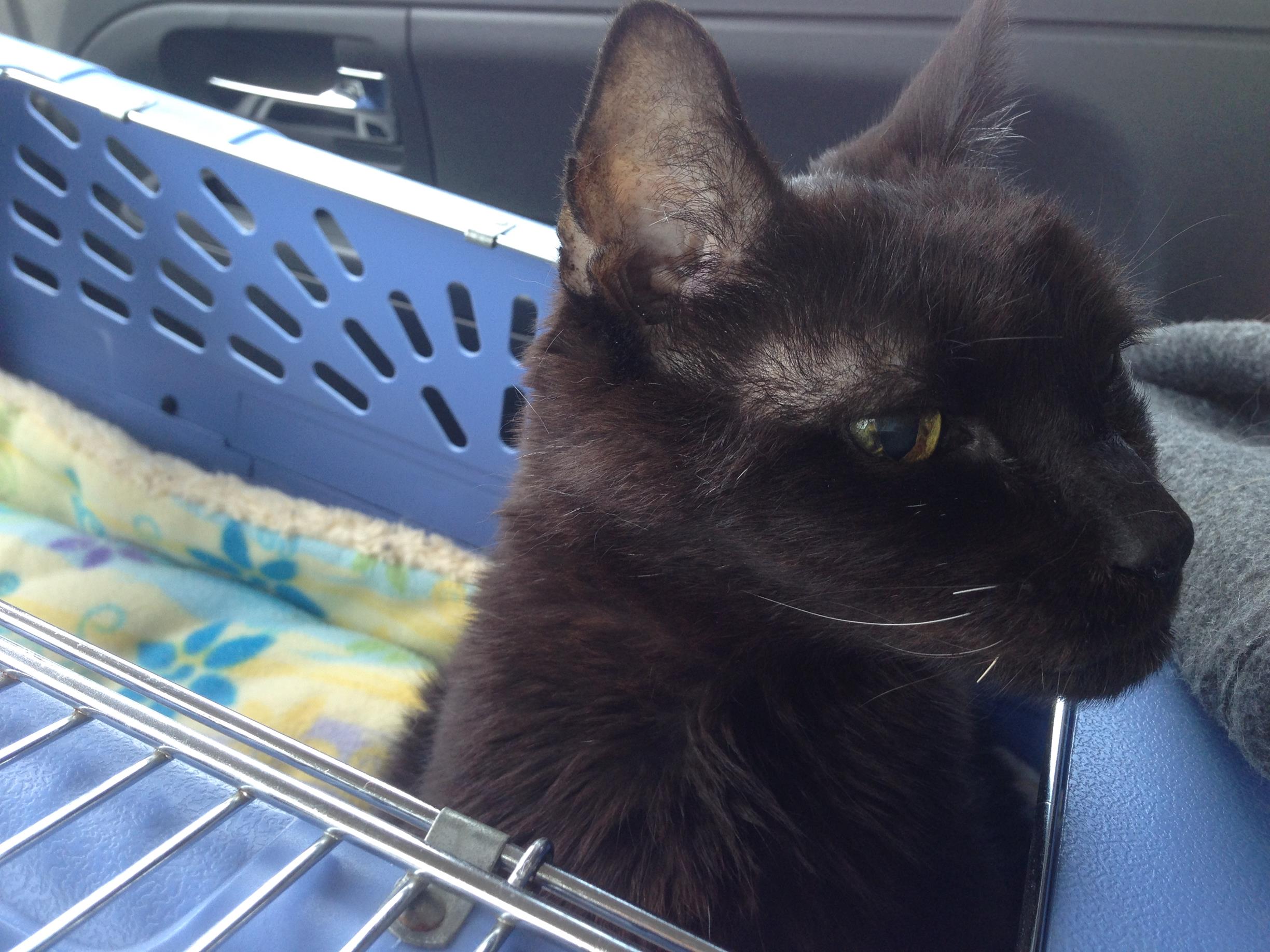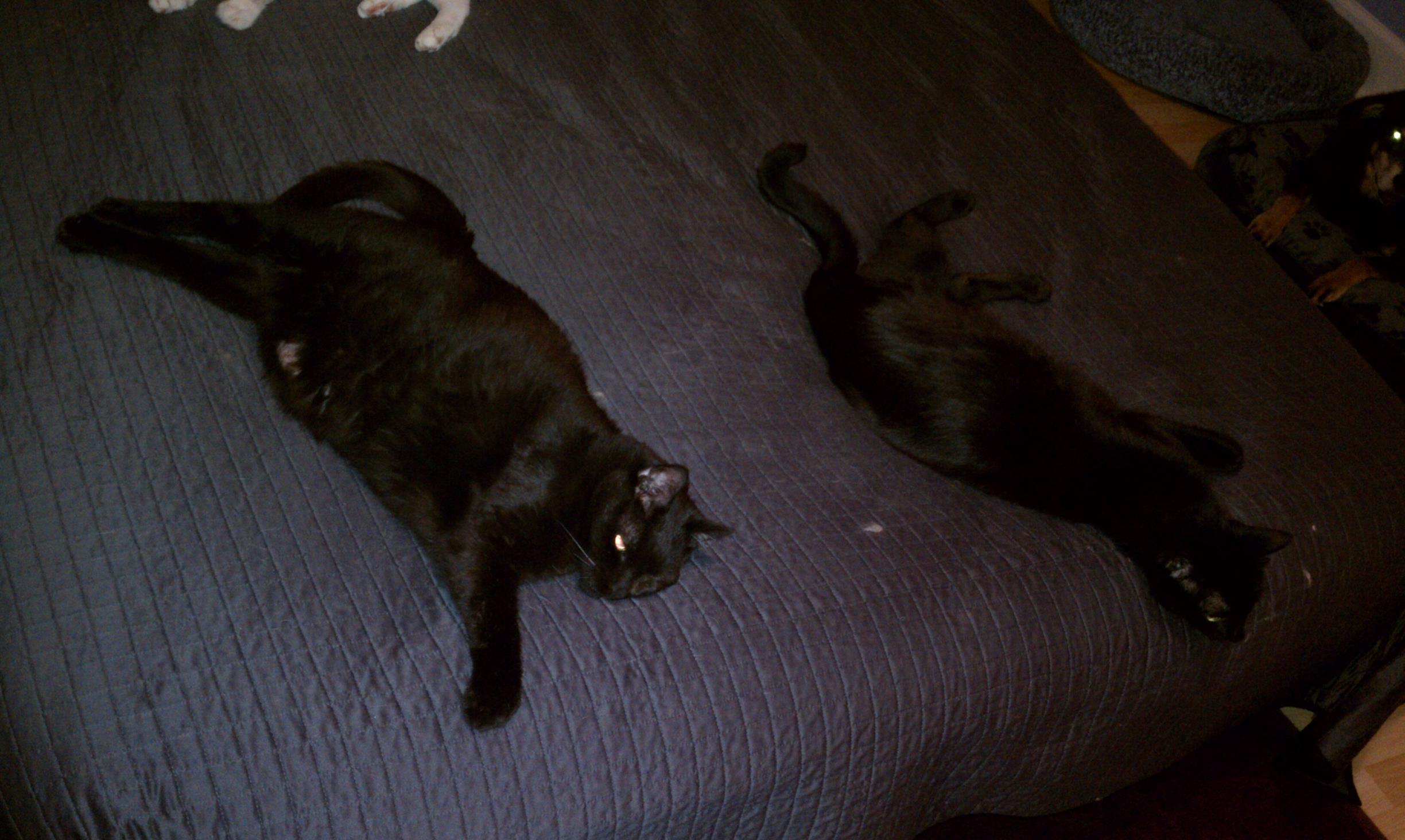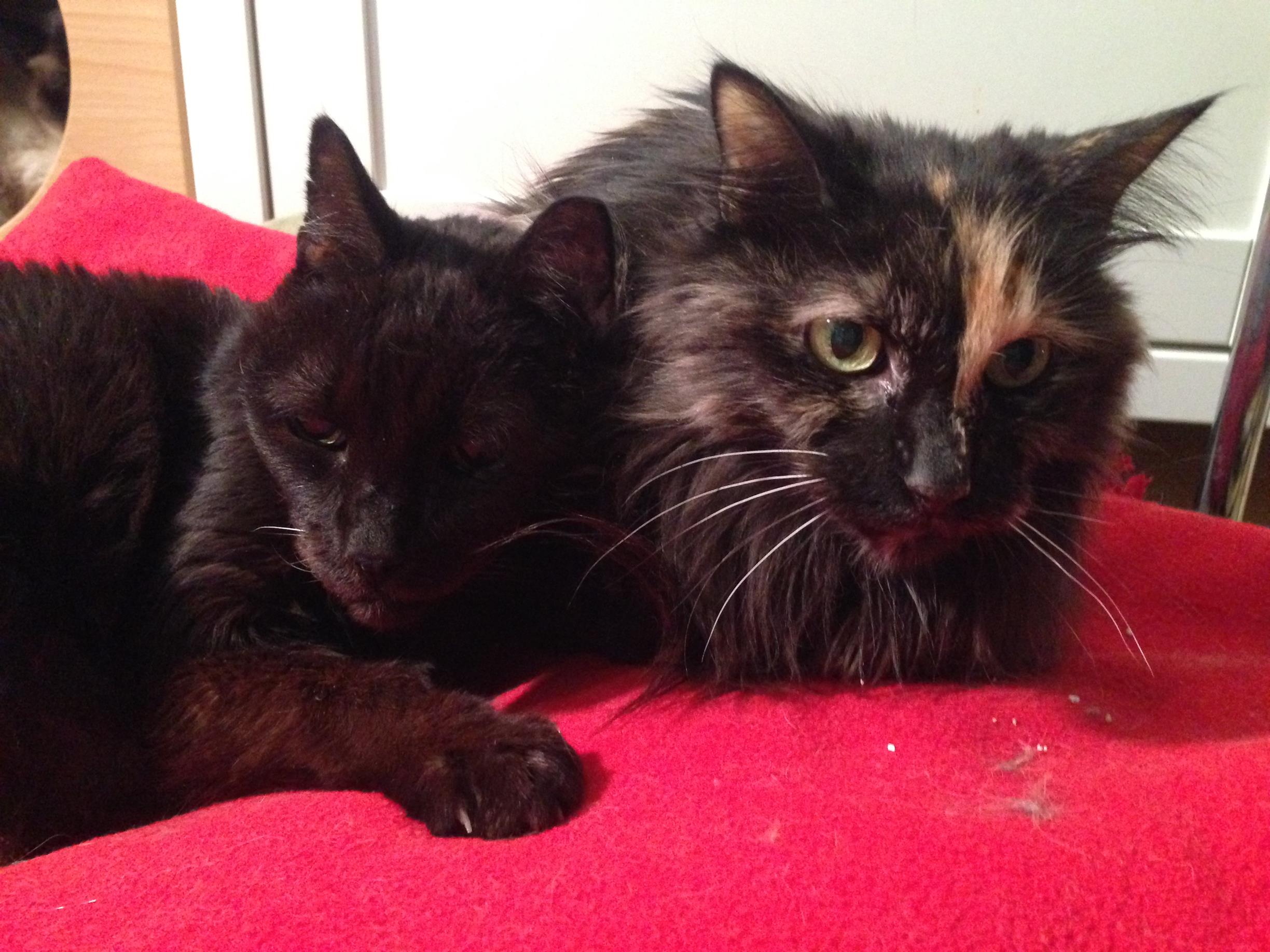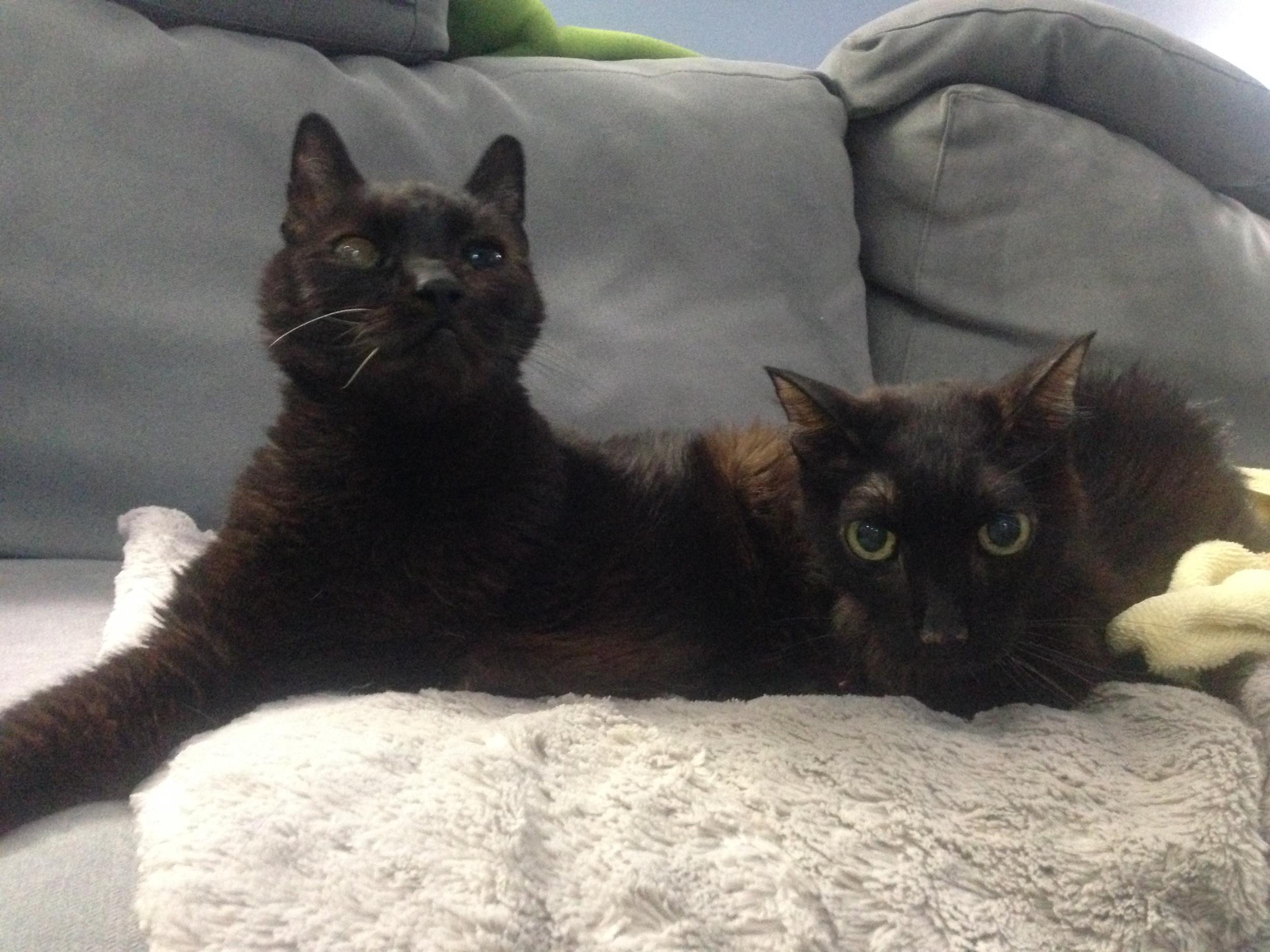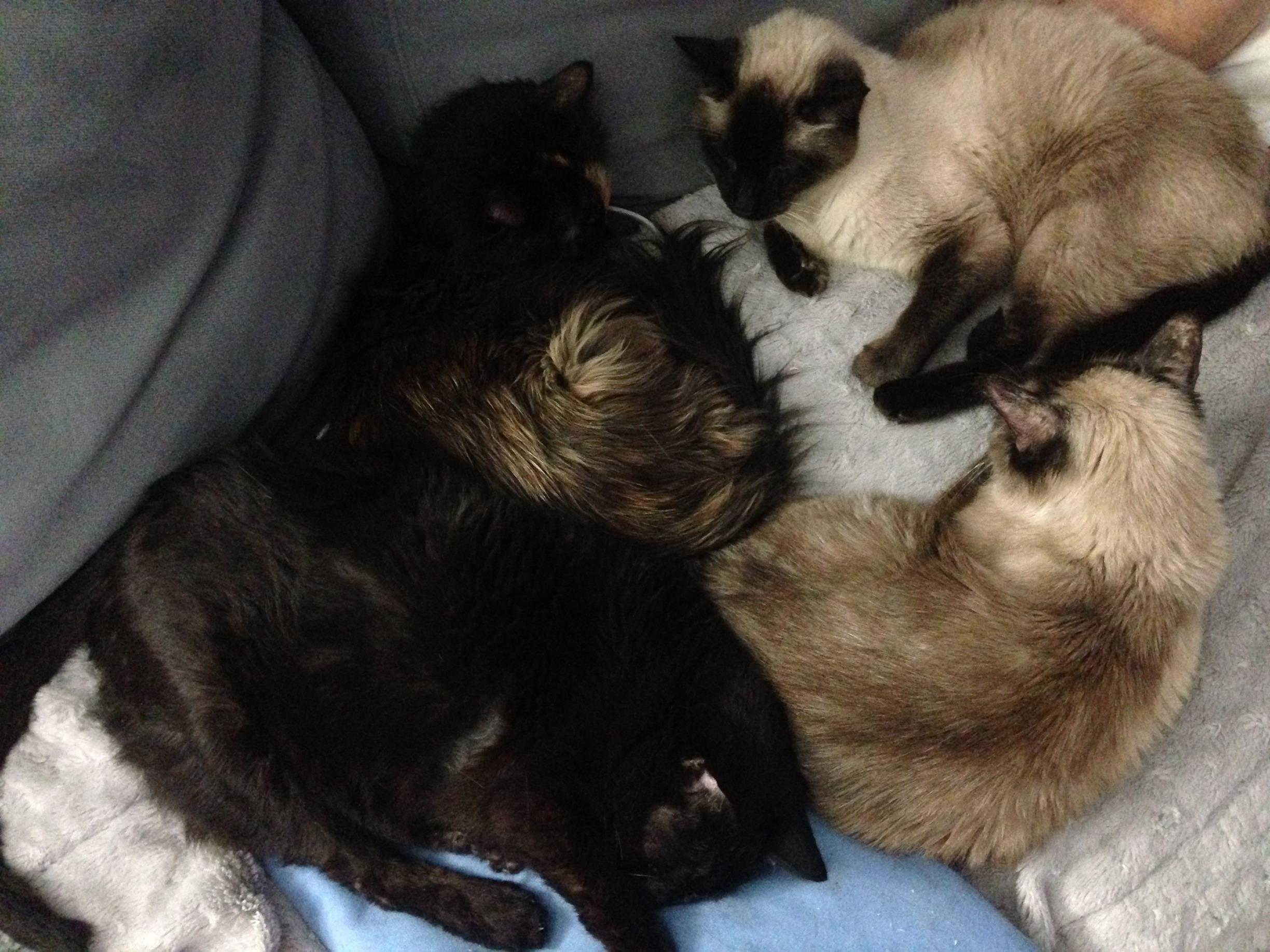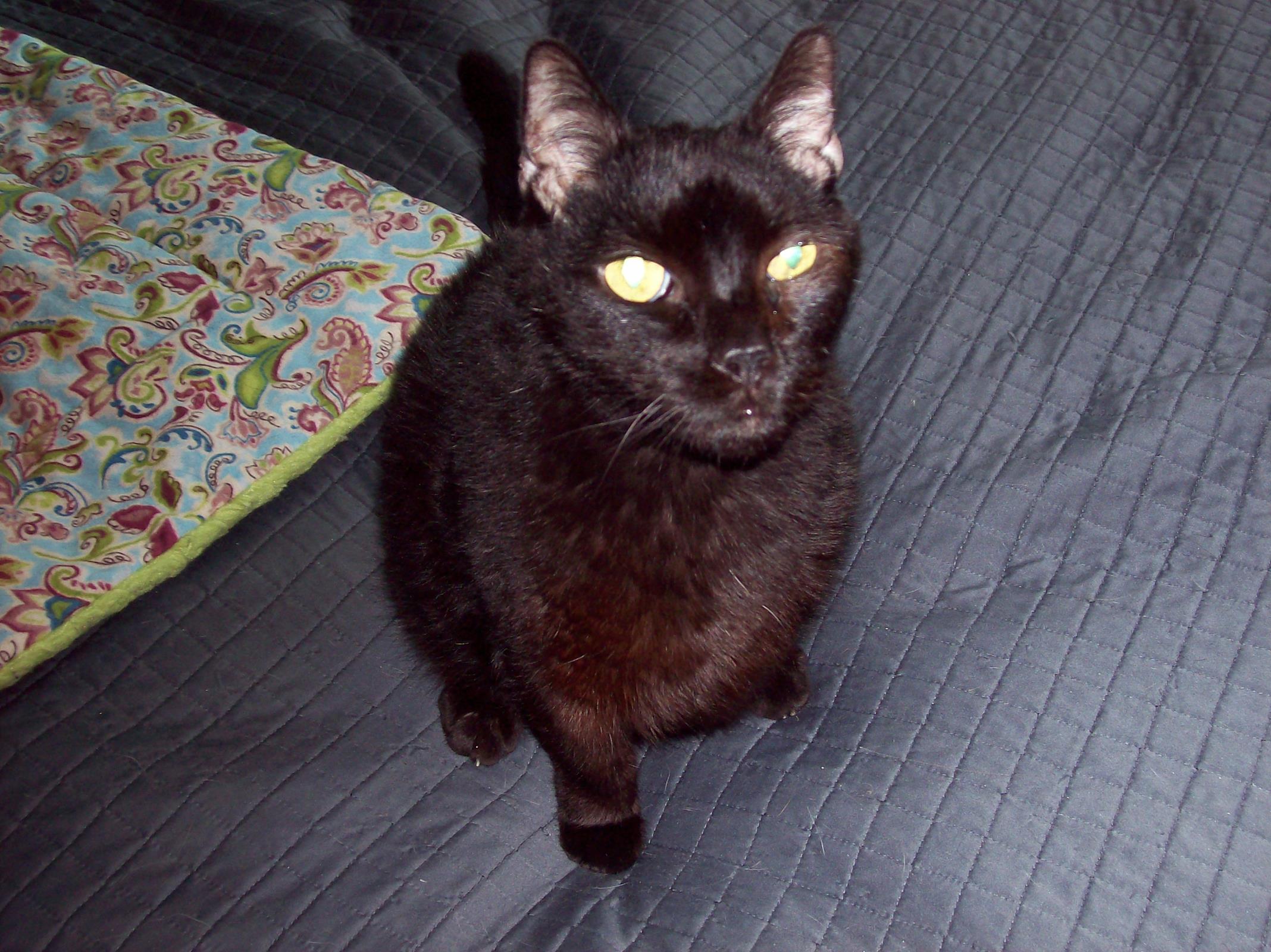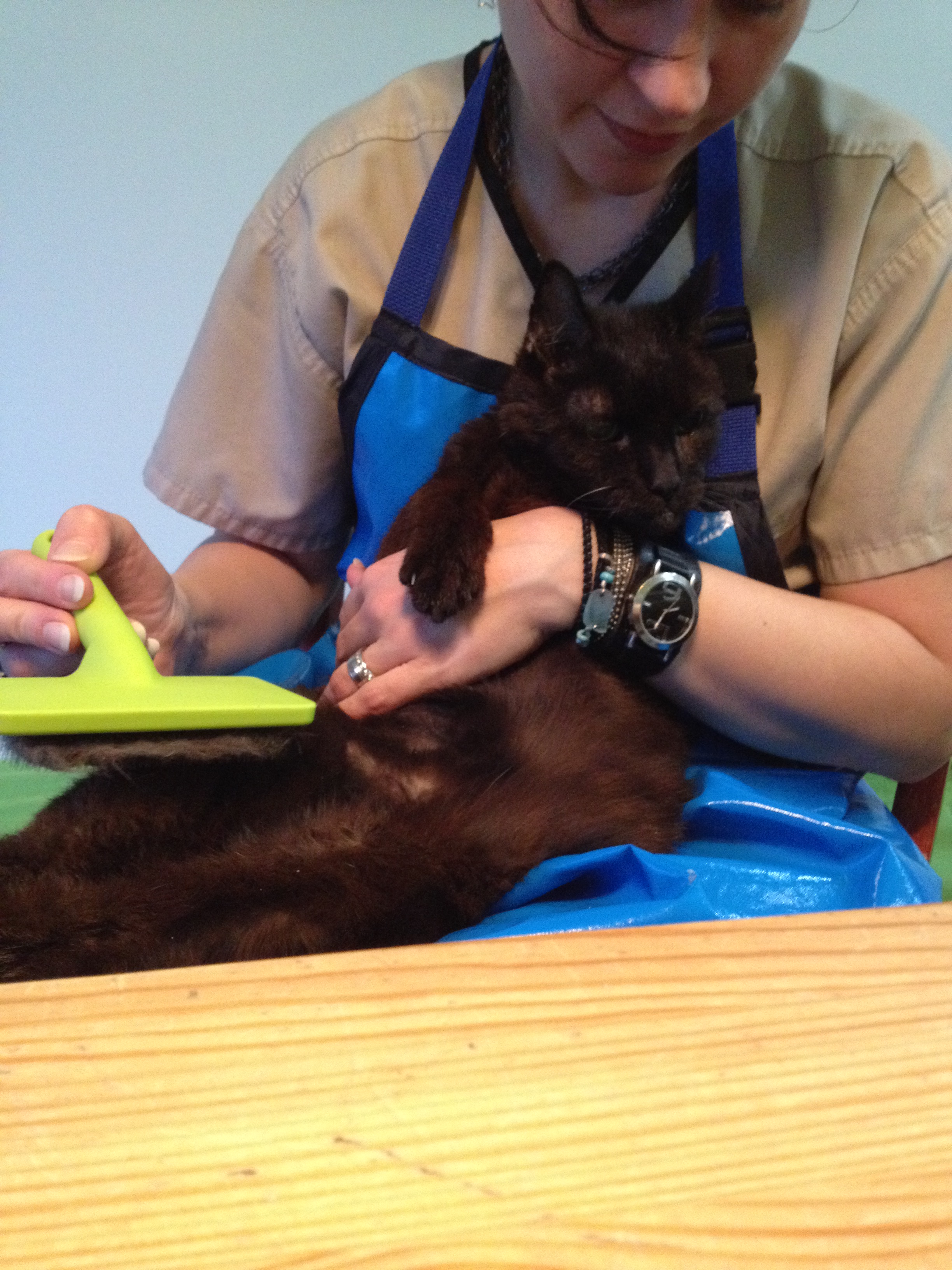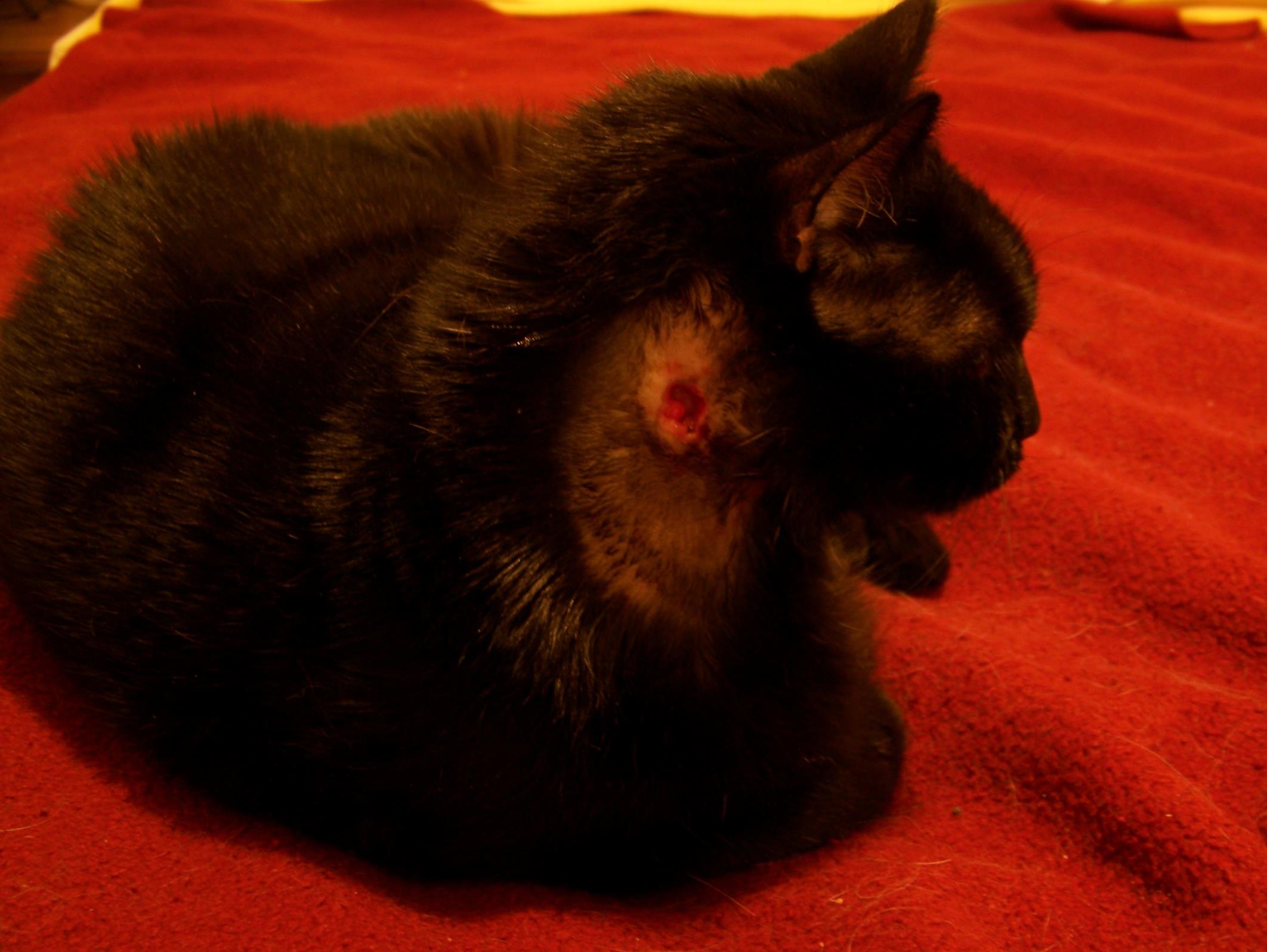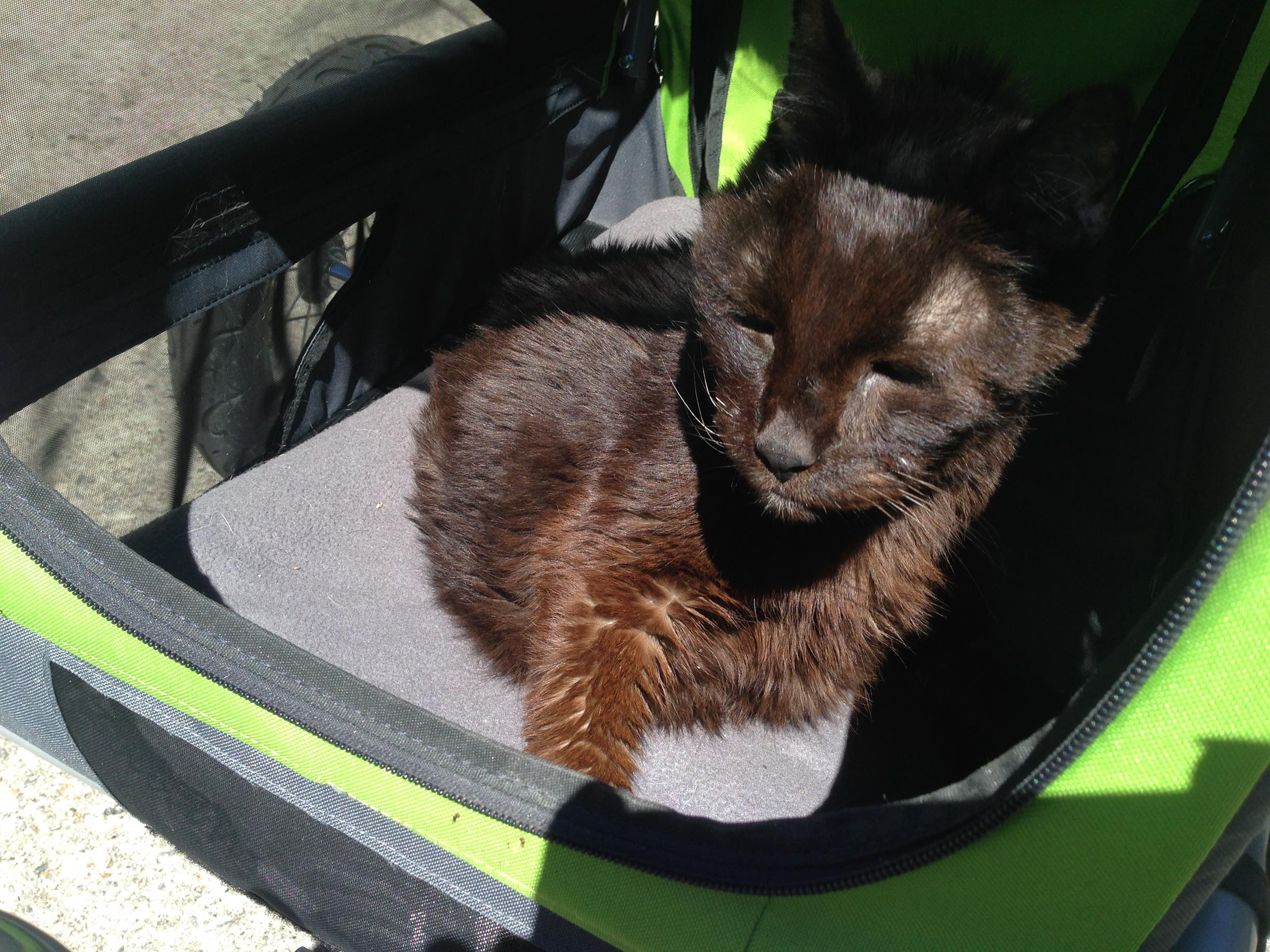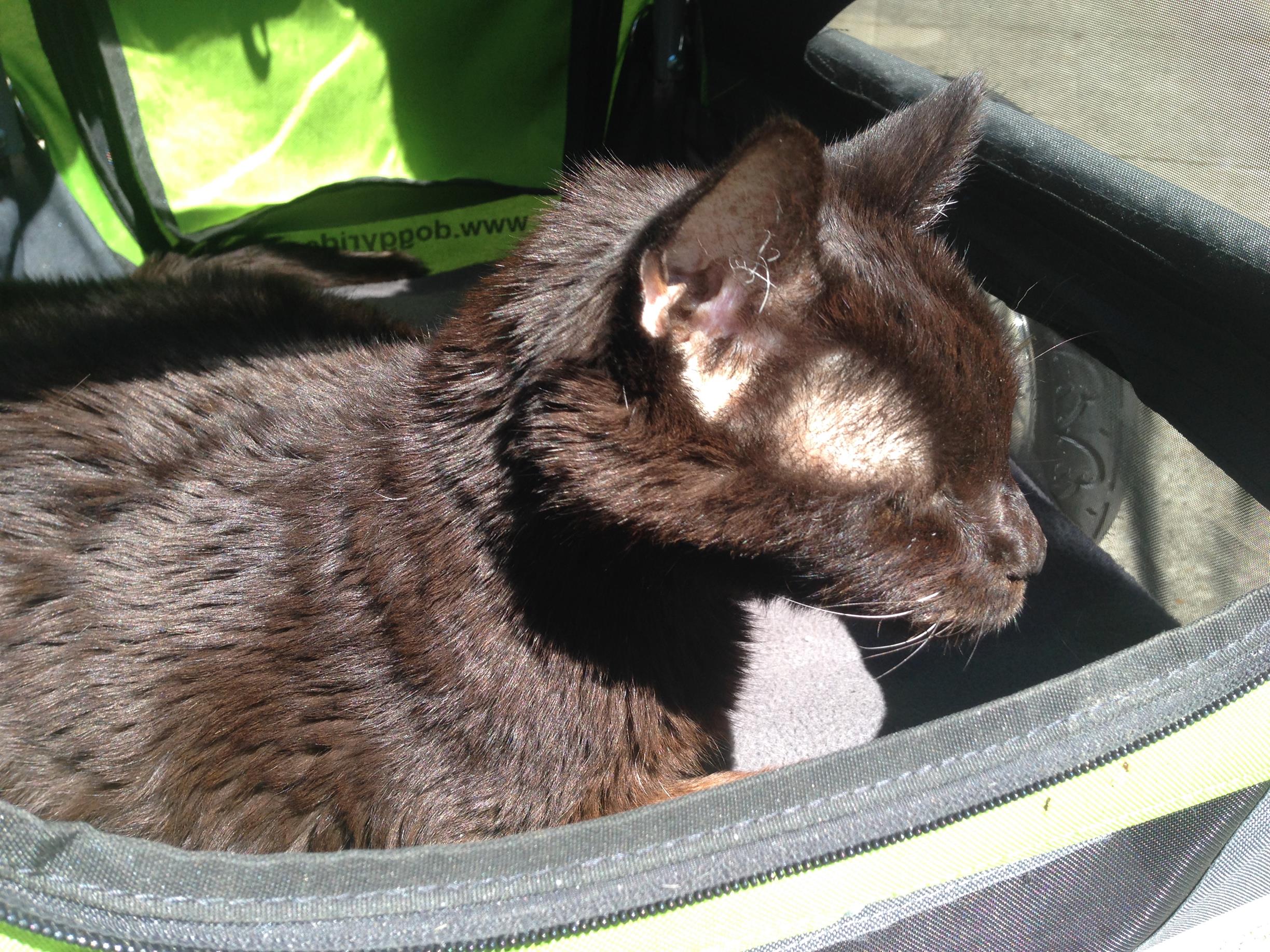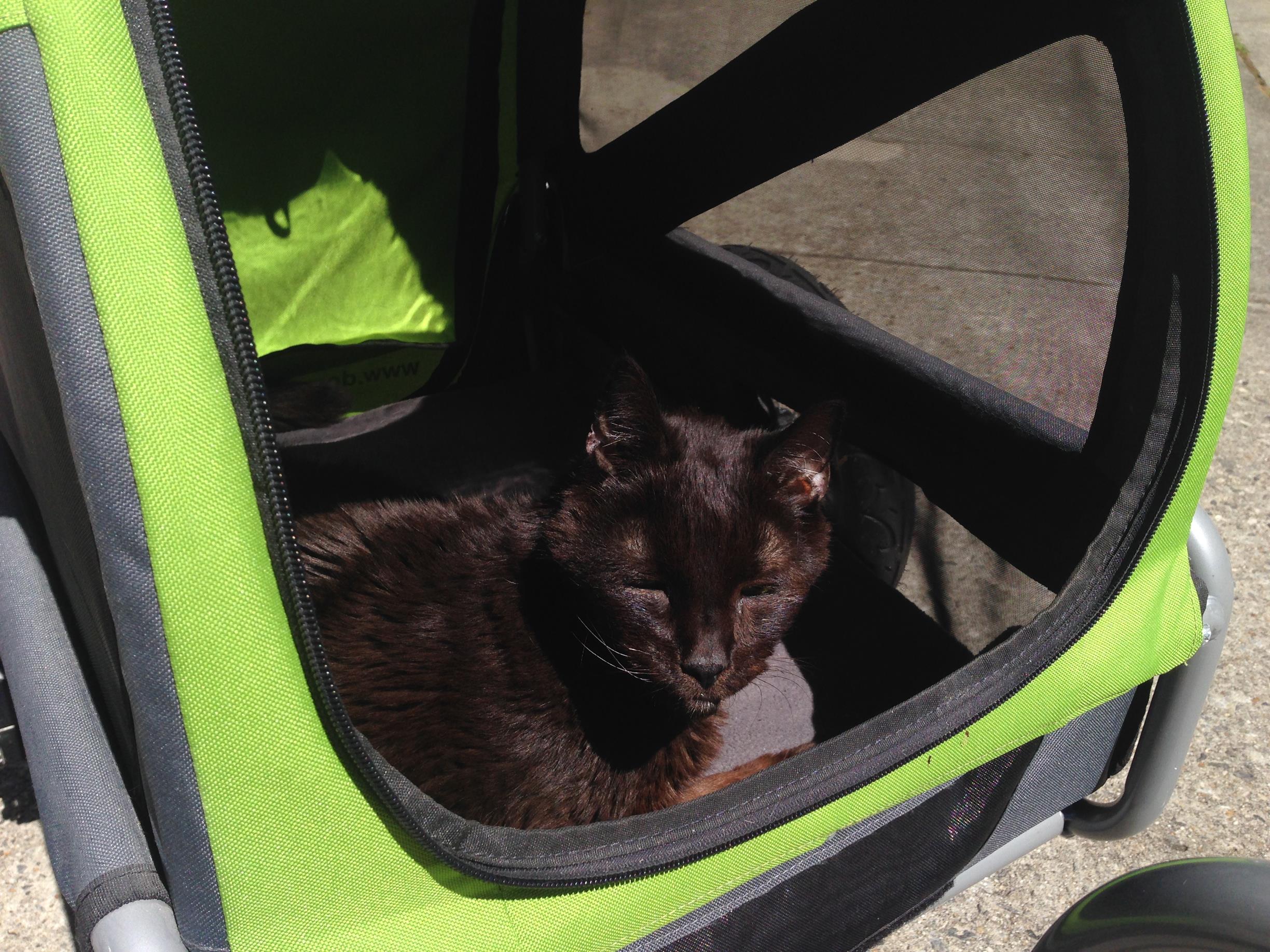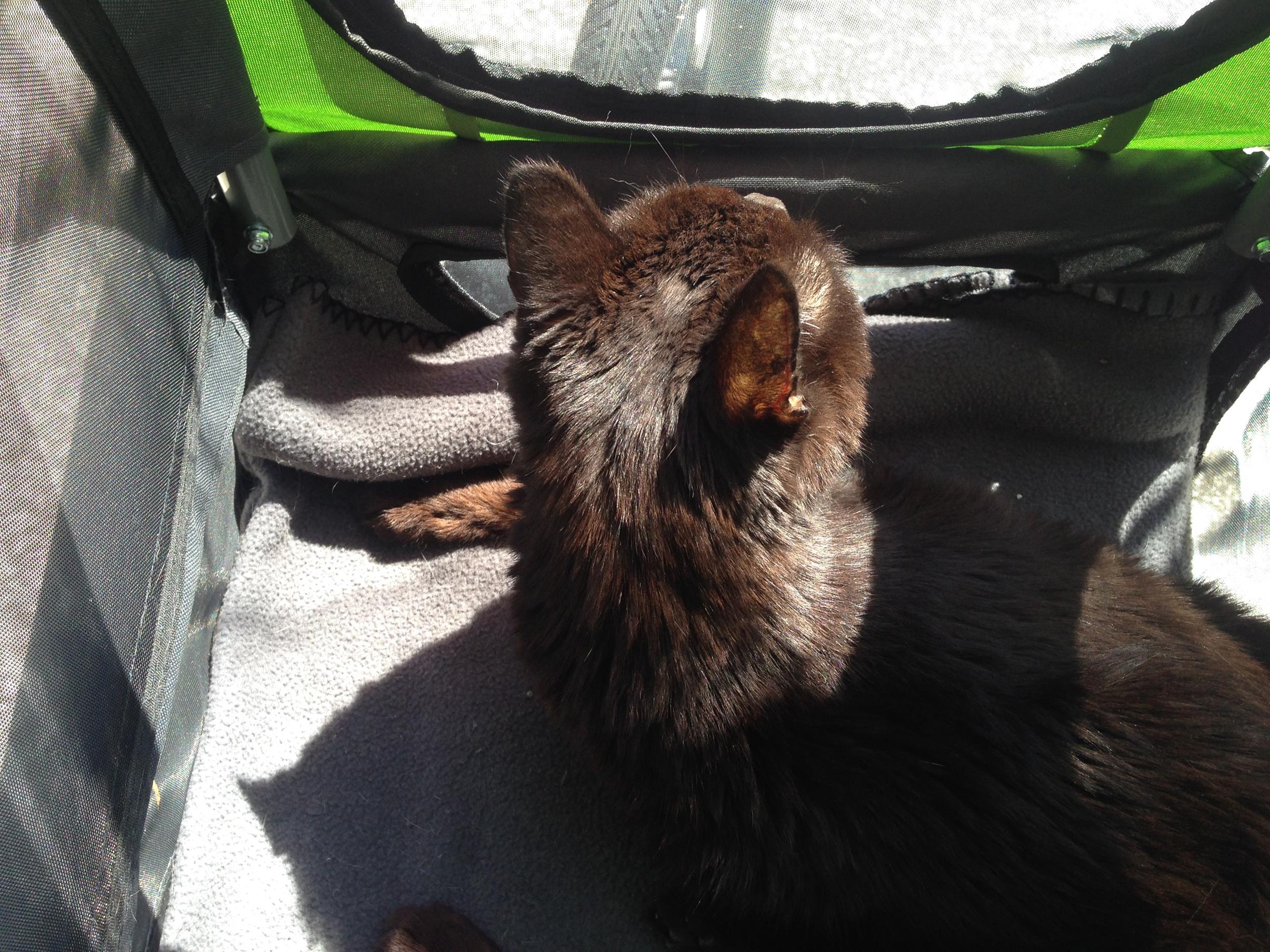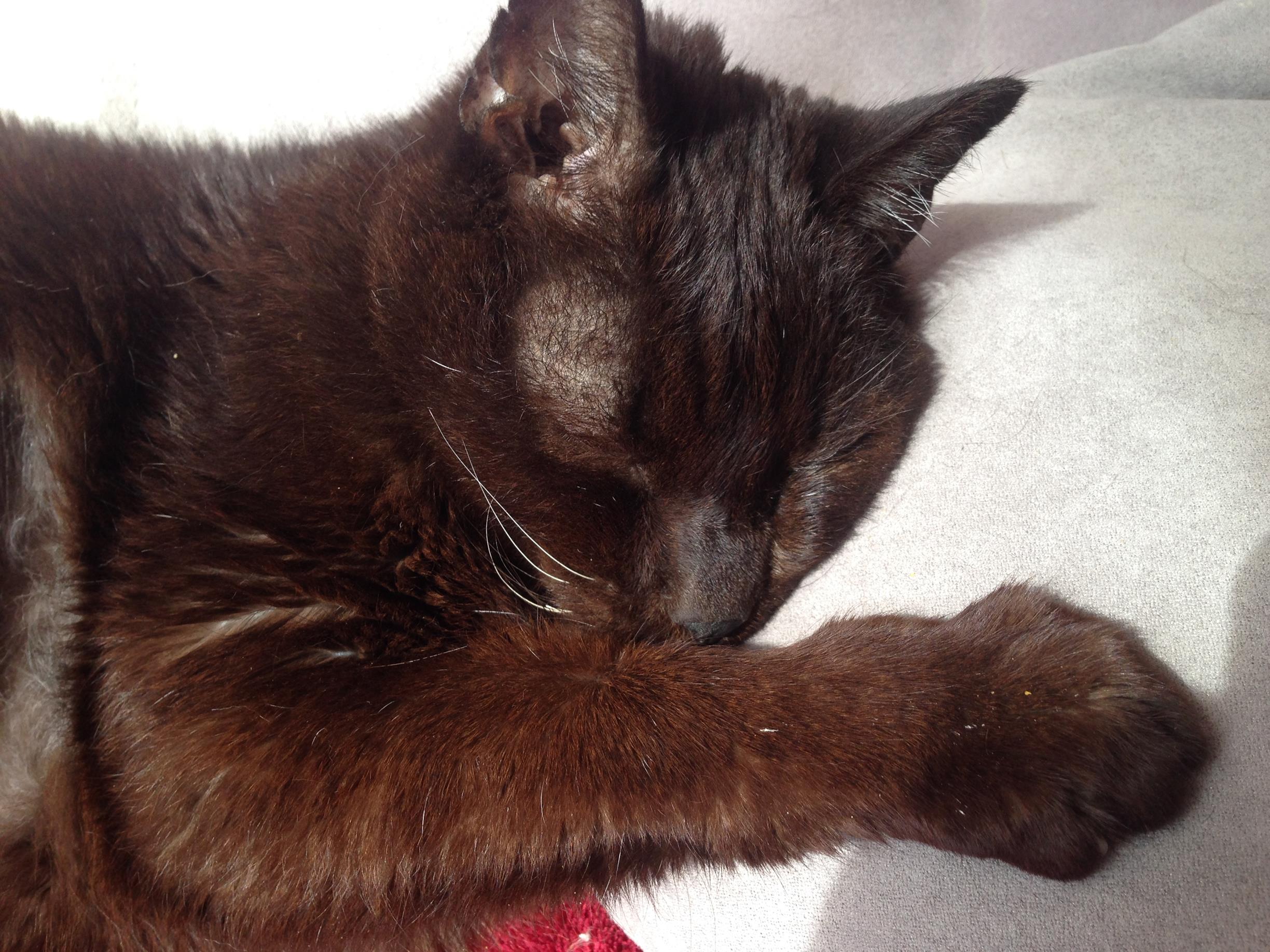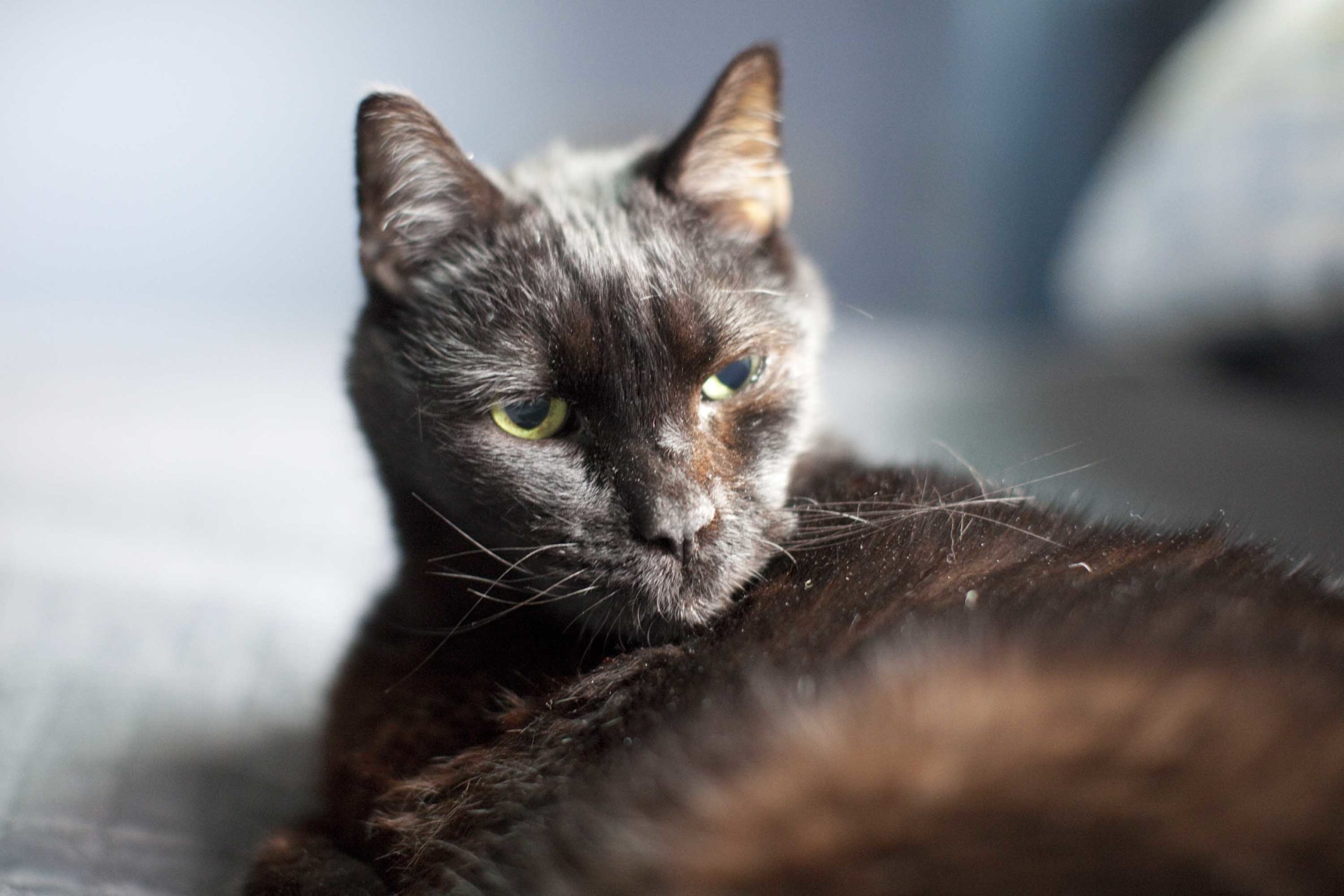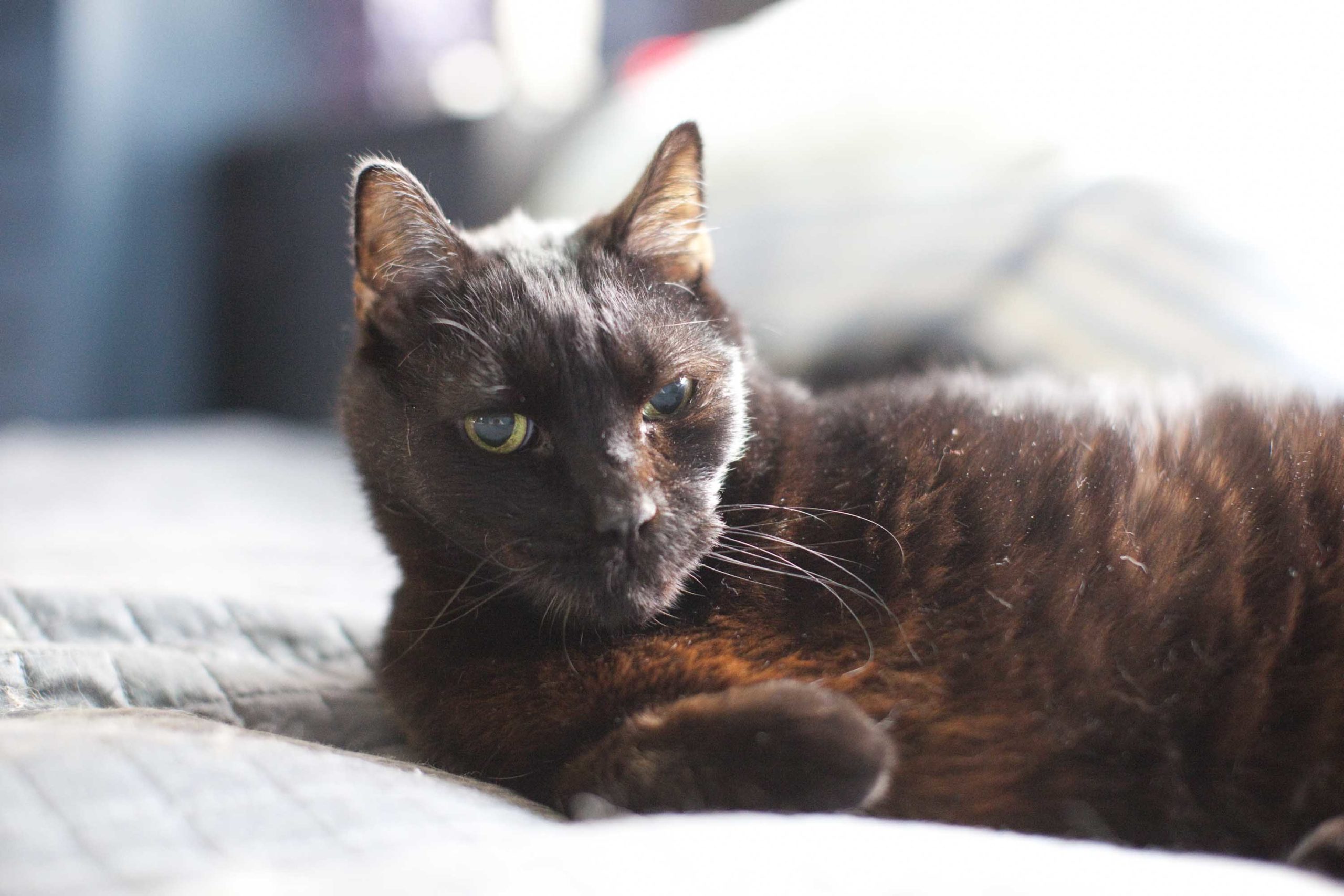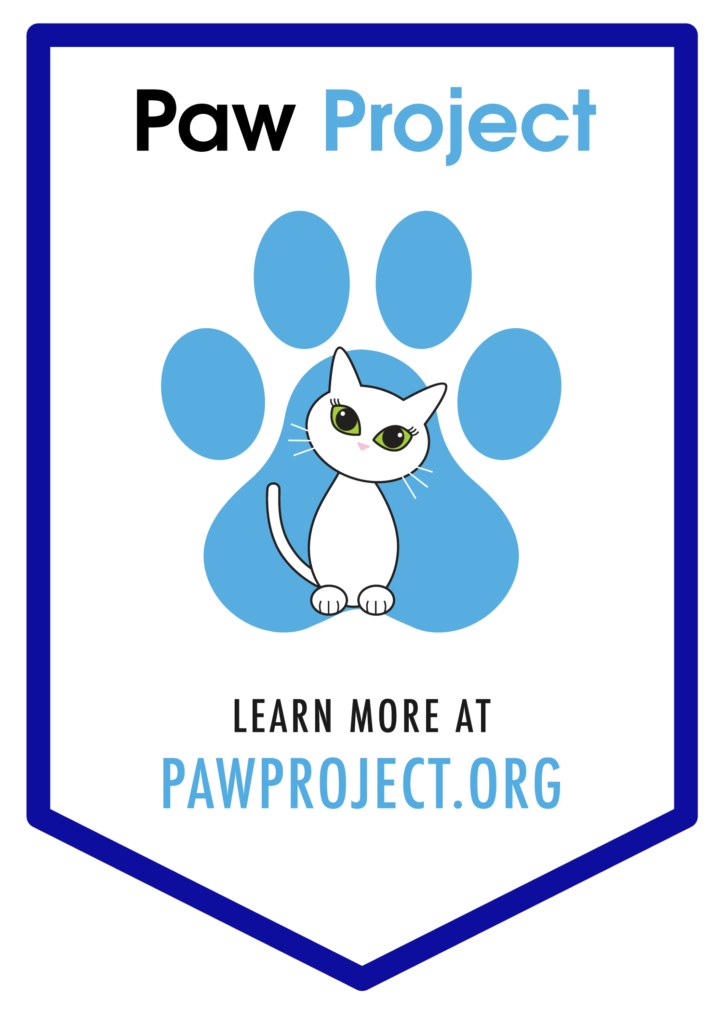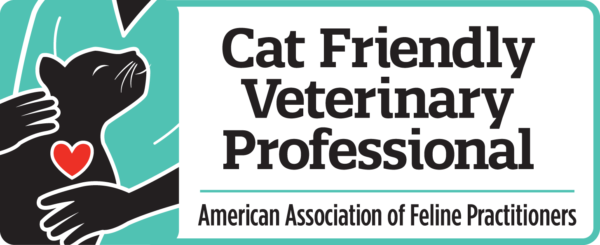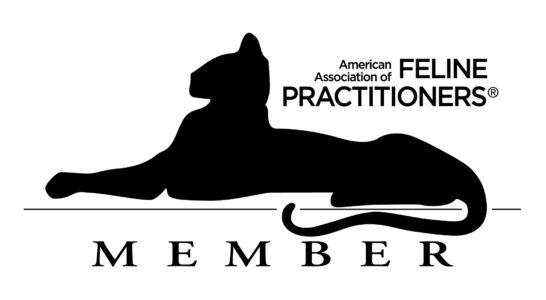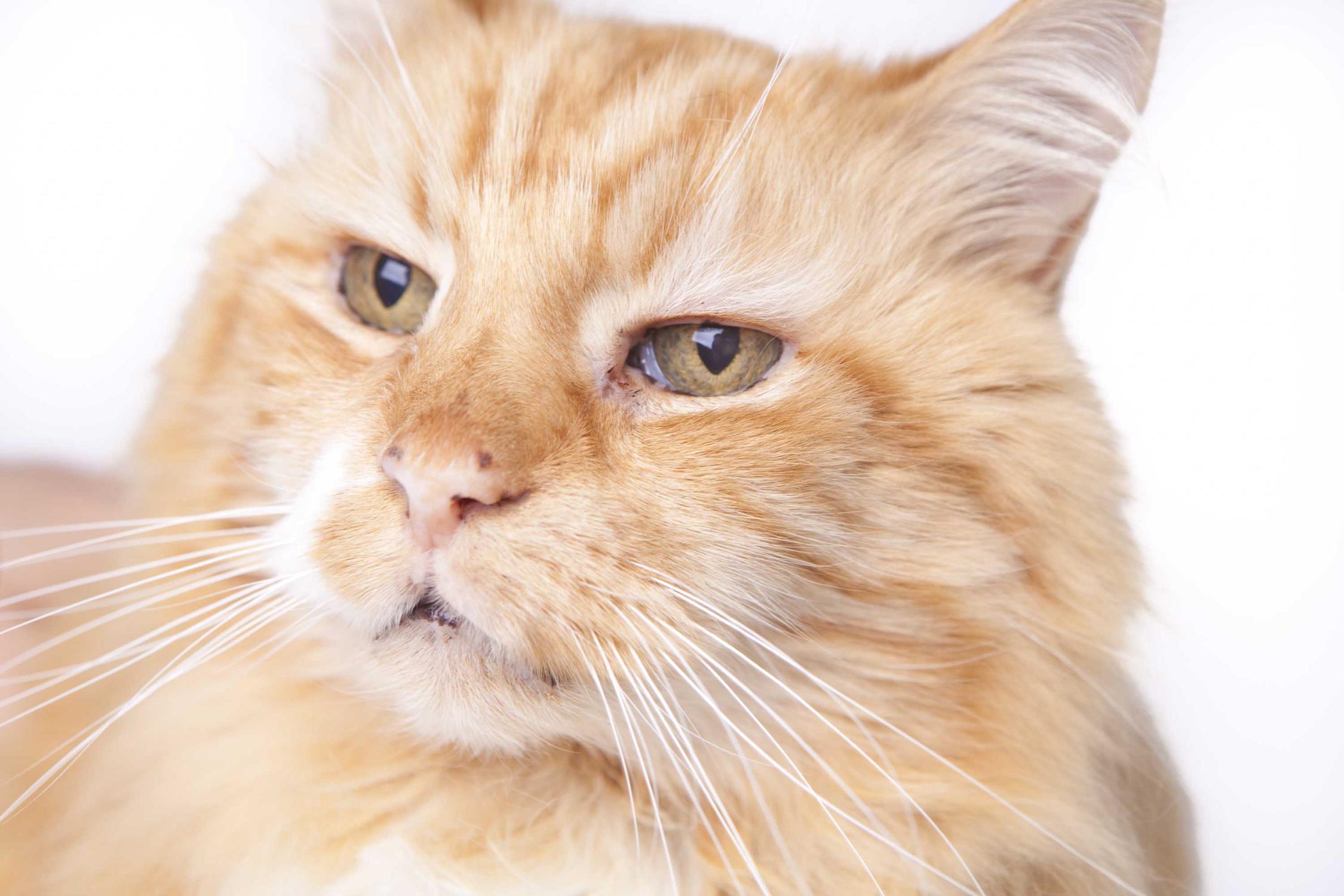
Oh dear, I’m not even sure if I should tell Albert’s full story. Albert was one of the MANY clinic cats at the first cat clinic I worked in, as you can see, that job filled up my house! I started that job with five cats, when I left, I had 16 and three dogs! Albert came to us from Cherokee County Humane Society and because he was a large, long-haired cat, ya know, he was a “Maine Coon!” No, he wasn’t. So many people think they have a Maine Coon, and I am here to tell you that most of the time you have a long-haired cat with stripes, and please ignore the “M” on the forehead, it’s an old wives tale! Lots of tabby cats have those. This is a bit of a pet peeve, no you likely do not have a Russian Blue, you have a grey Domestic Shorthair, and you know what? Your cat is still awesome and beautiful!
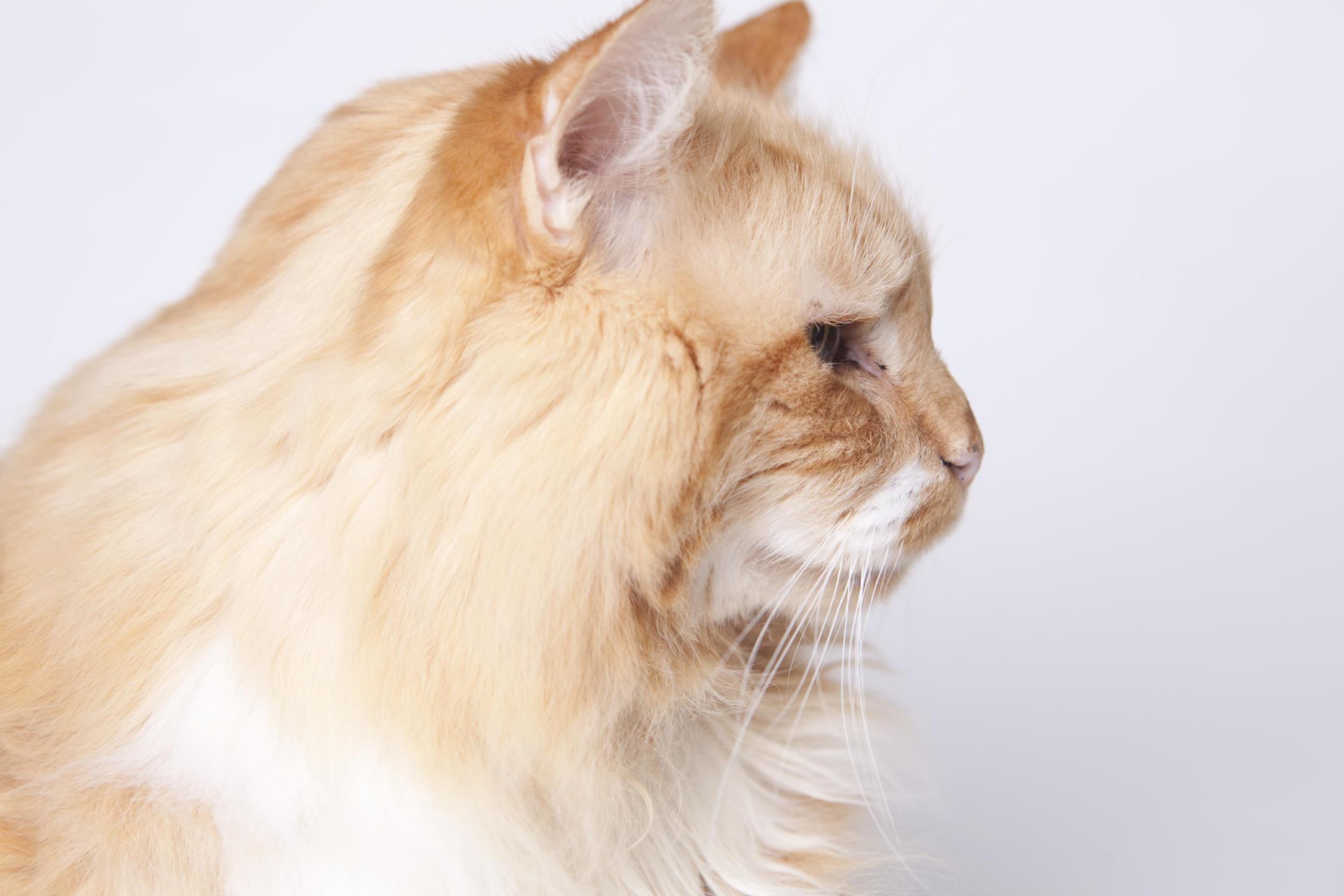
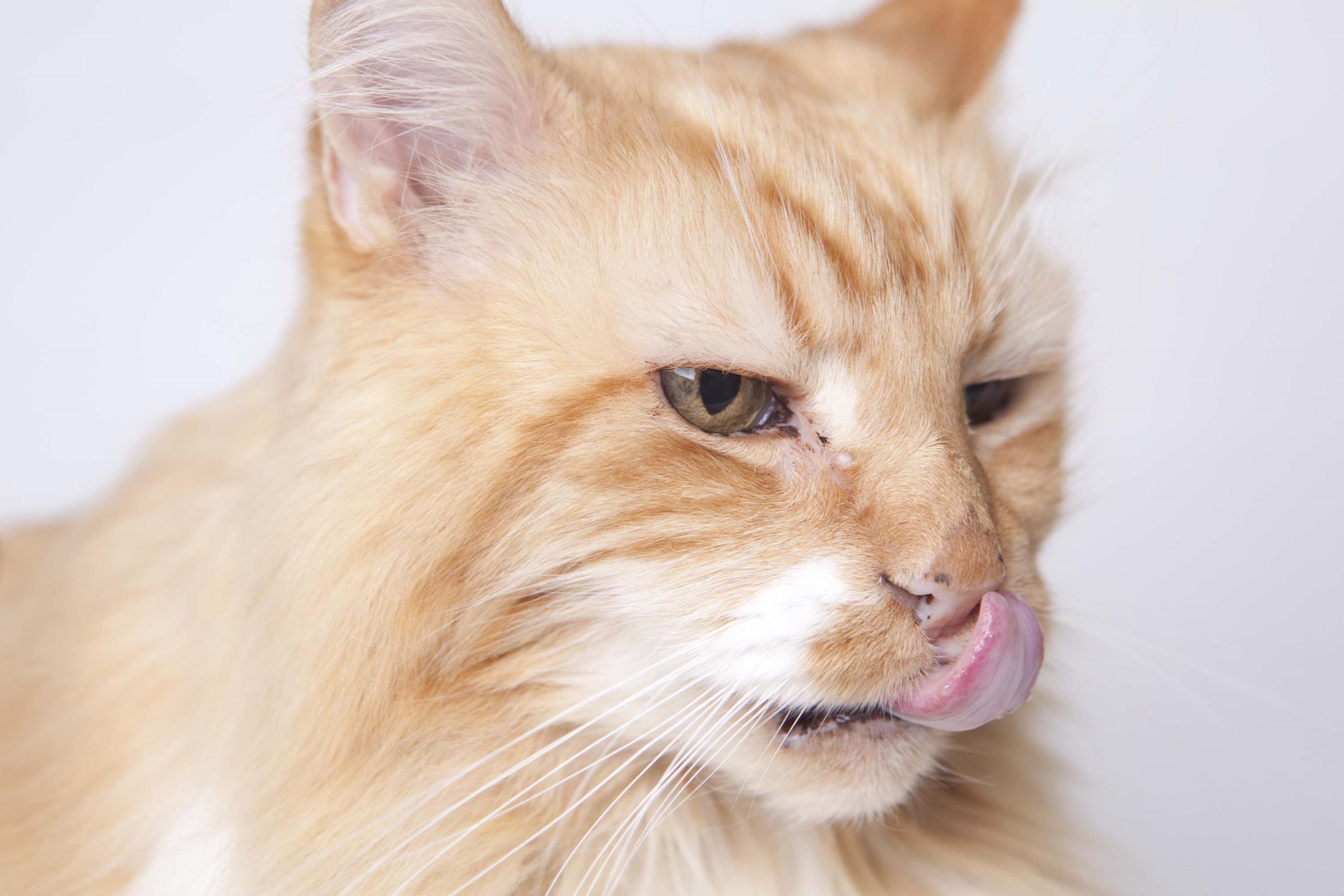
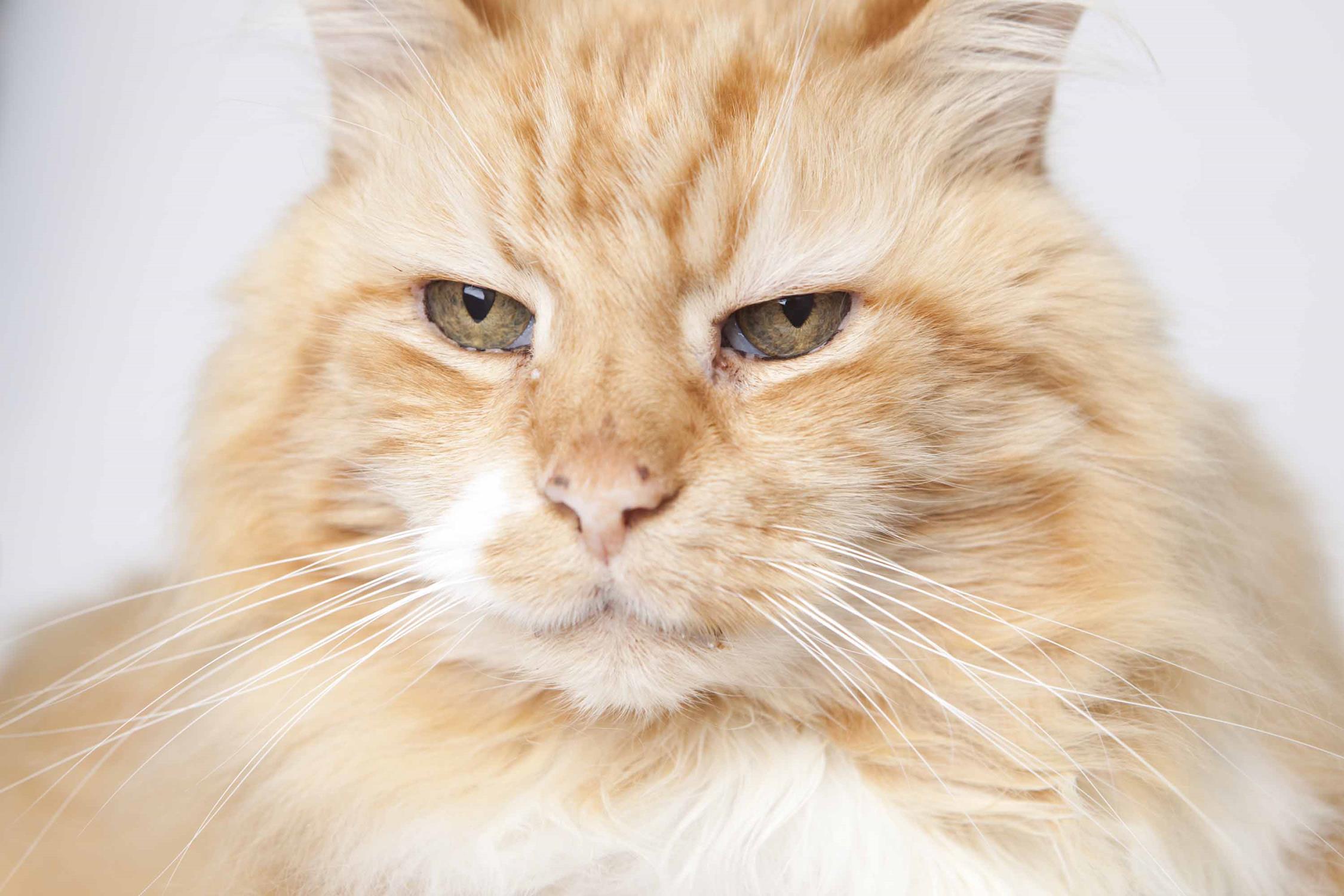
But it was Albert’s looks that got him pulled out of the shelter, so good for him! He was a handsome beast in his early years, no doubt. He was brought to our clinic because he was FIV+. FIV stands for Feline Immunodeficiency Virus, and it is not a death sentence. It is spread via “extreme transmission of blood and saliva” so mostly a disease of fighting, unneutered male cats and sometimes transmitted via birth. I will not go into all of the details of the disease, but he came to us because most shelters and rescues back then were still euthanizing cats like Albert or keeping them separated from other cats. At our clinic we understood the disease and he was permitted to live freely and have friends, we had multiple FIV+ cats up for adoption and did our best to educate the public and find these guys good homes. We truly set the example and even had a bonded FIV+ pair as our greeter cats at the front desk.
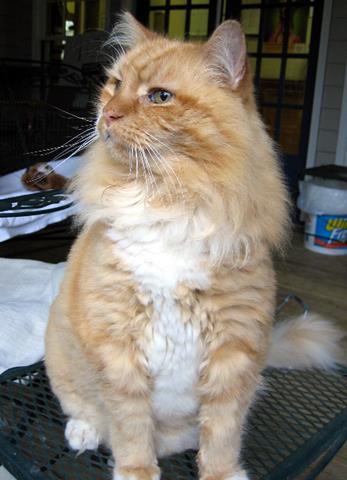
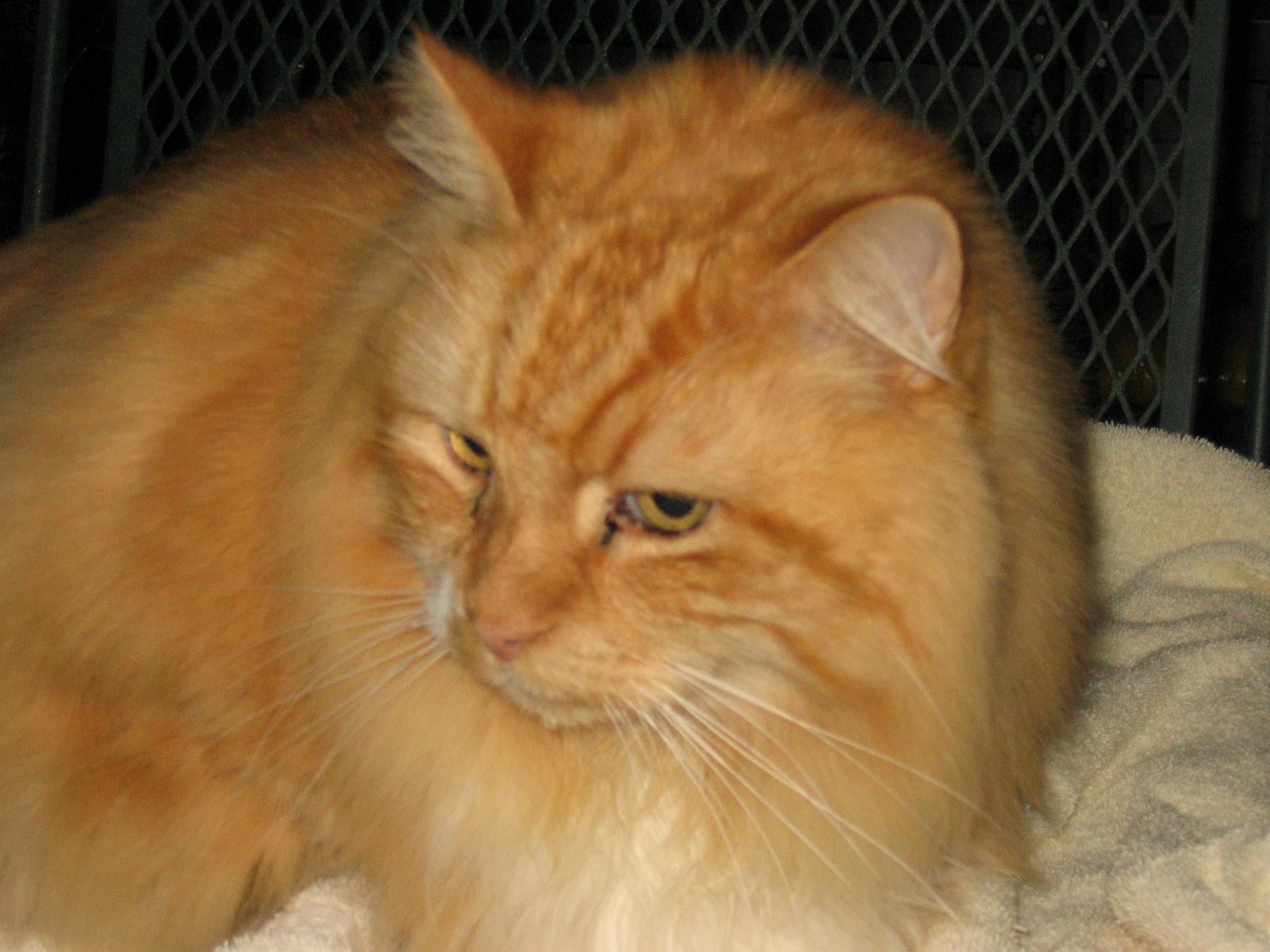
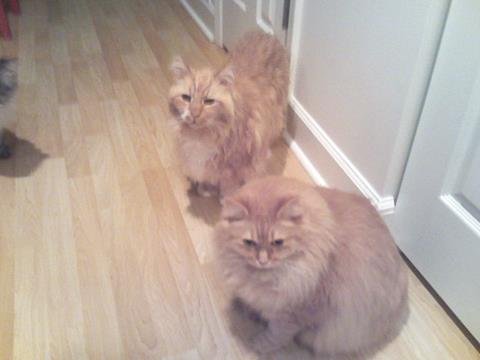
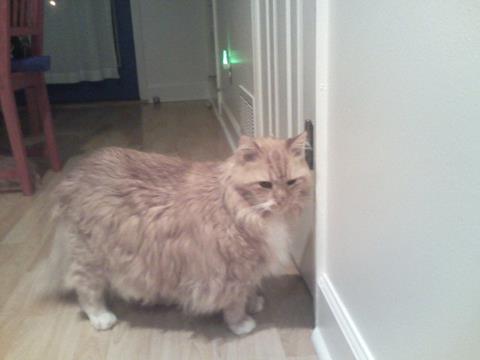
Problem was, Albert never found his forever people. He was a bit of a grumpy Gus, got along with some cats but was not what you would call easy going, and he would occasionally spray. Oh, that is a fun story! One day while cleaning a bottom cage in the treatment room, he walked right up behind me, turned around and sprayed the back of me, yup, that’s right! We all had a laugh, changed my scrub top and moved on! I can’t believe I almost forgot to share this part of his story.
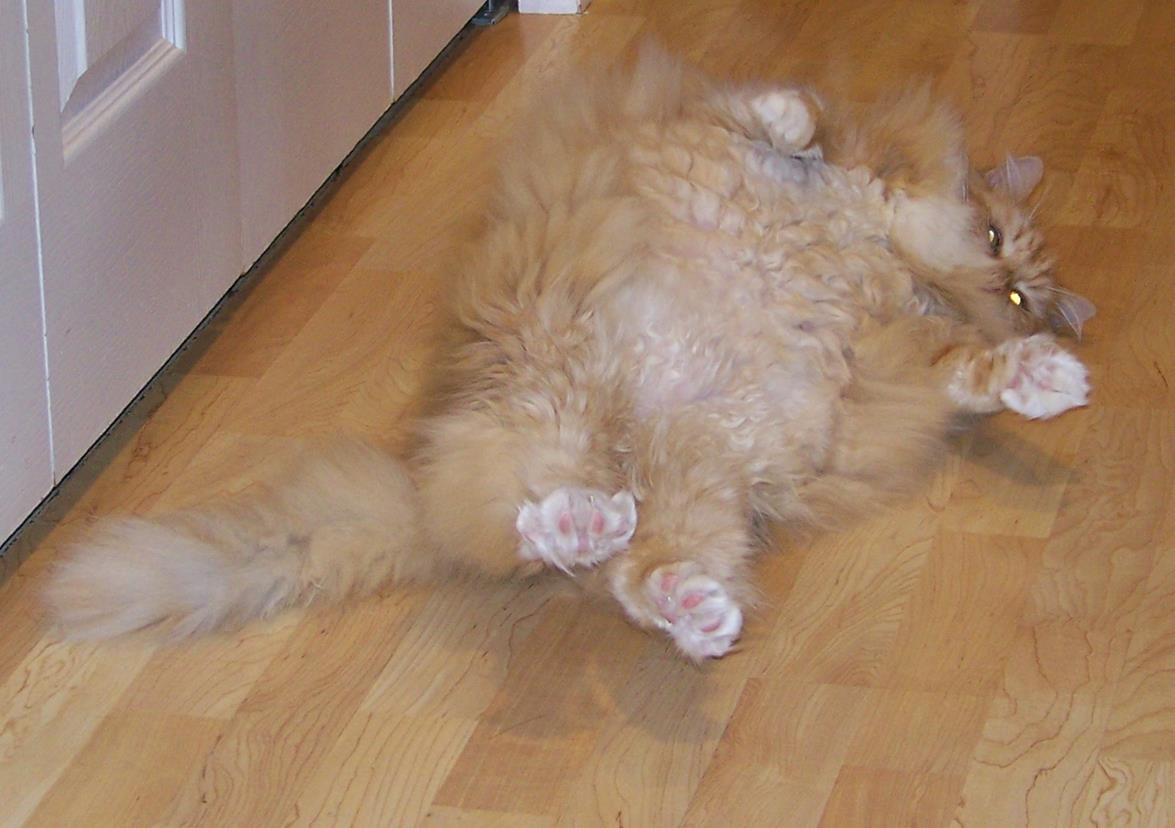
Cats with FIV have weakened immune systems, just like people with HIV. So, they succumb to things like URI’s (upper respiratory infections), gingivitis/stomatitis and often have very unhealthy mouths requiring dental cleanings and extractions and RINGWORM! The latter was Albert’s challenge. That also likely hindered his ability to find a home. As the groomer at this clinic, I was regularly in charge of his dermatological care. This involved lion-cuts, anti-fungal baths, Lyme Dips (YUM!), as well as topical and oral medications to treat the fungus and his itchies. He was amazingly tolerant of this.
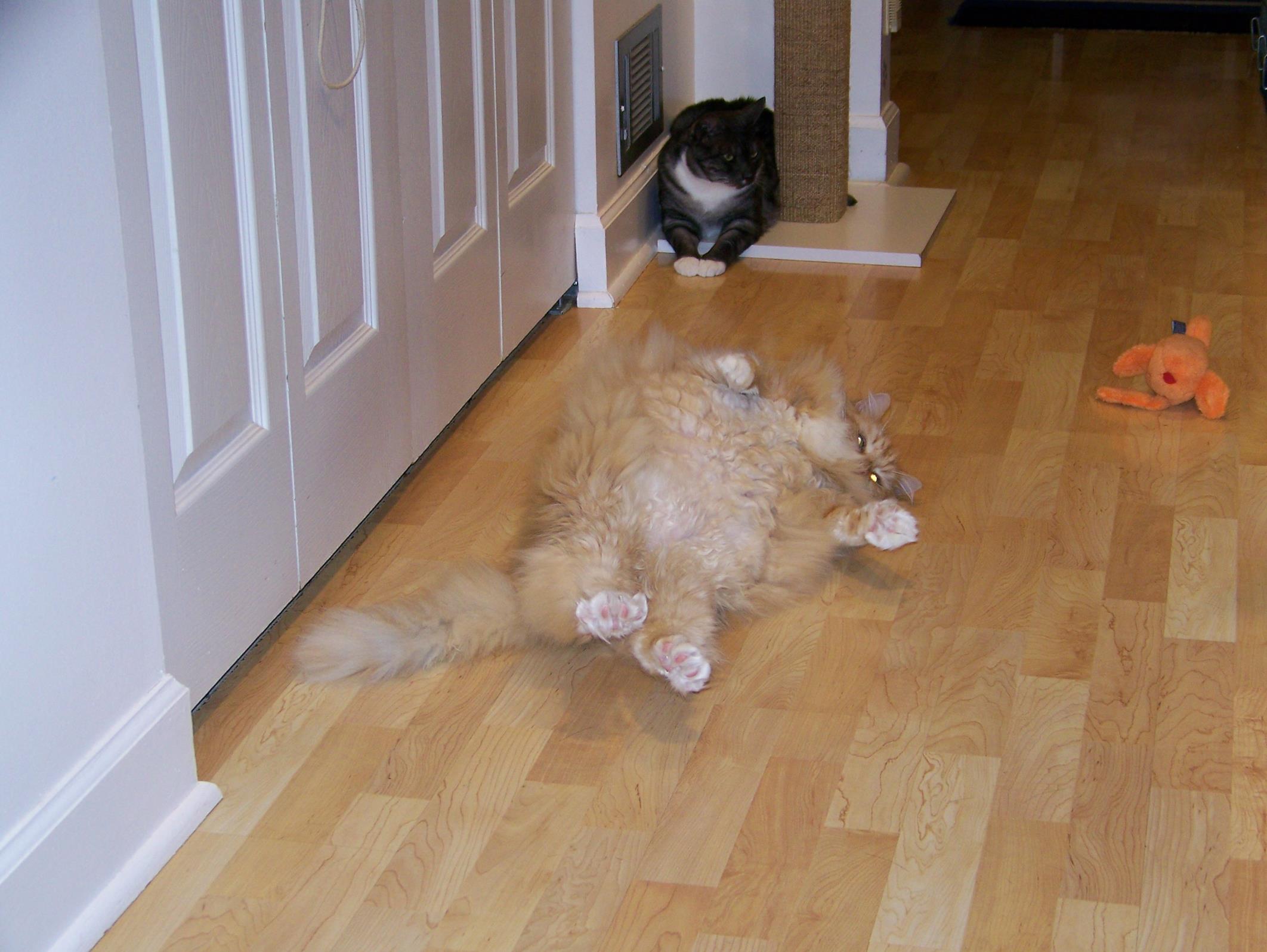
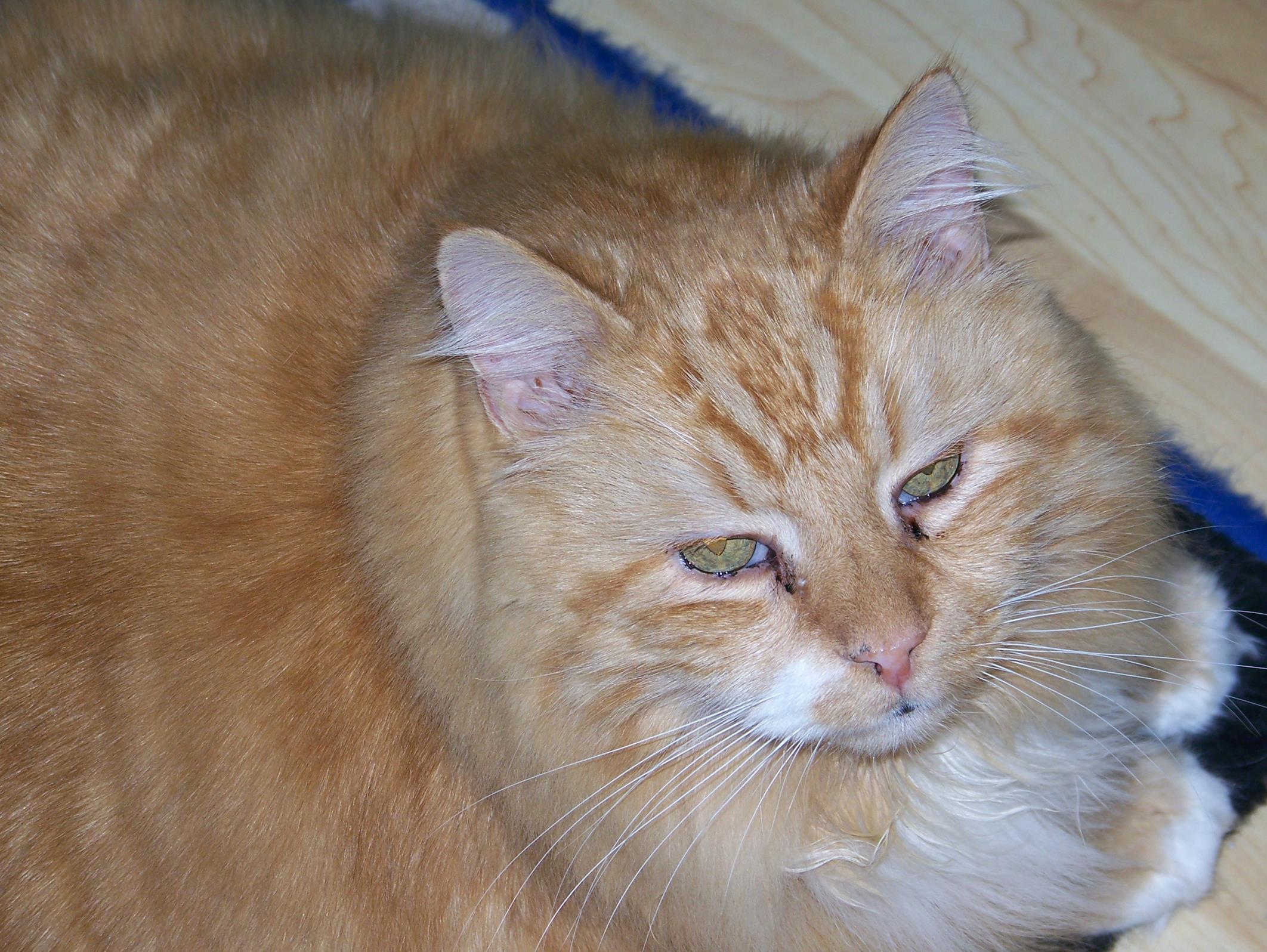
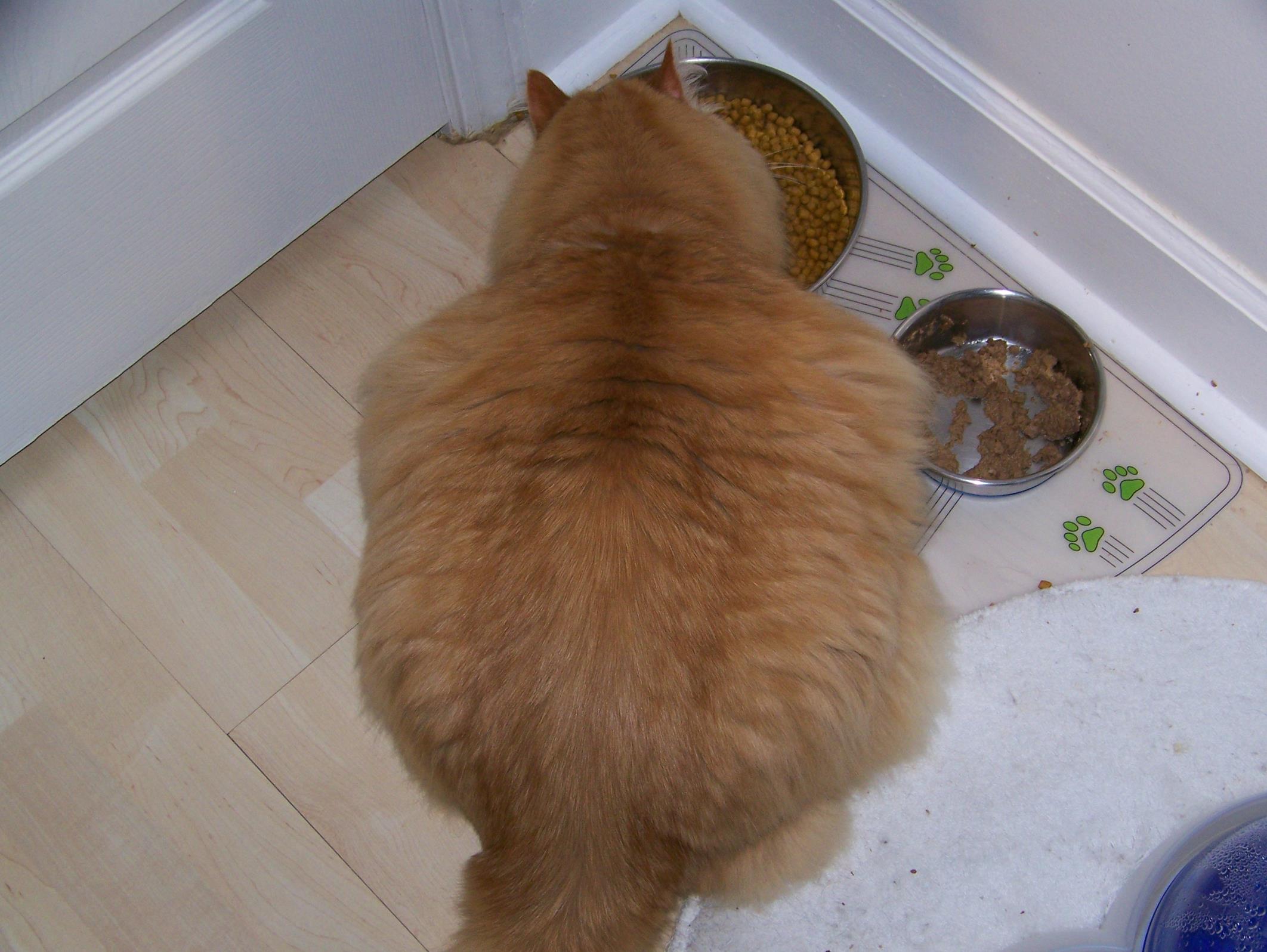
Albert became one of the “core” residents. We had about 15 or so cats, of the 55-60 that were up for adoption, that never really left. They got looked at, but no one ever took them home (except staff) or they lived out their life there. Mind you, life wasn’t terrible, it wasn’t a home, but it wasn’t terrible. They had cat trees and scratching posts galore! We had a HUGE screened in porch and Albert pretty much lived out there. We also had windows in every room that went straight to the floor, so they always got to look outside and get sunbeams. The bedding was ridiculous, it was not hard to find a plush place to nap. We of course had troughs of dry food for everyone (we followed the environment of plenty rule) but they got wet food EVERYDAY. For a privately owned practice with so many residents, that is pretty much unheard of. They received monthly heartworm prevention and flea control, quarterly deworming, lab work as needed and if they required it, daily meds.
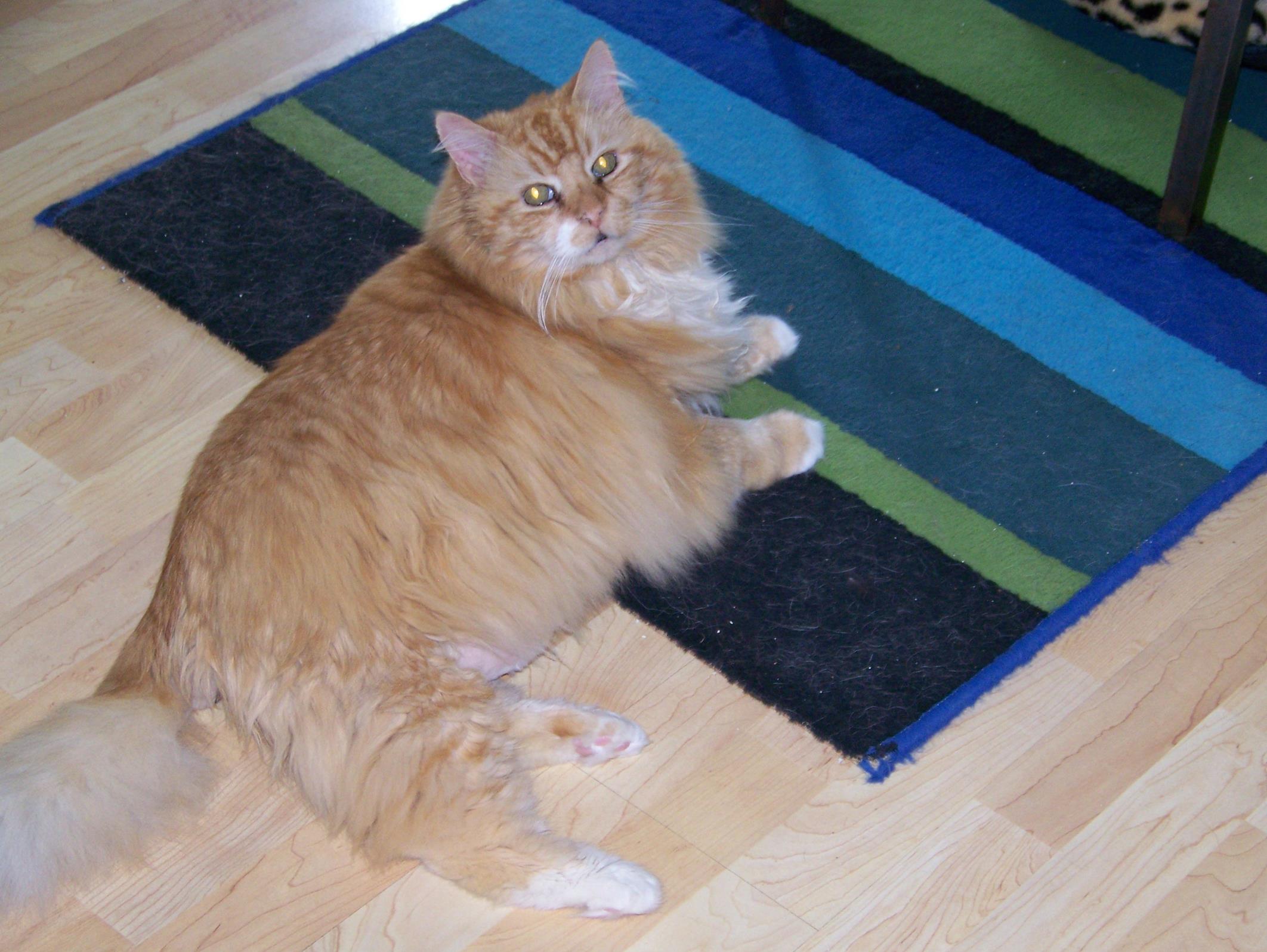
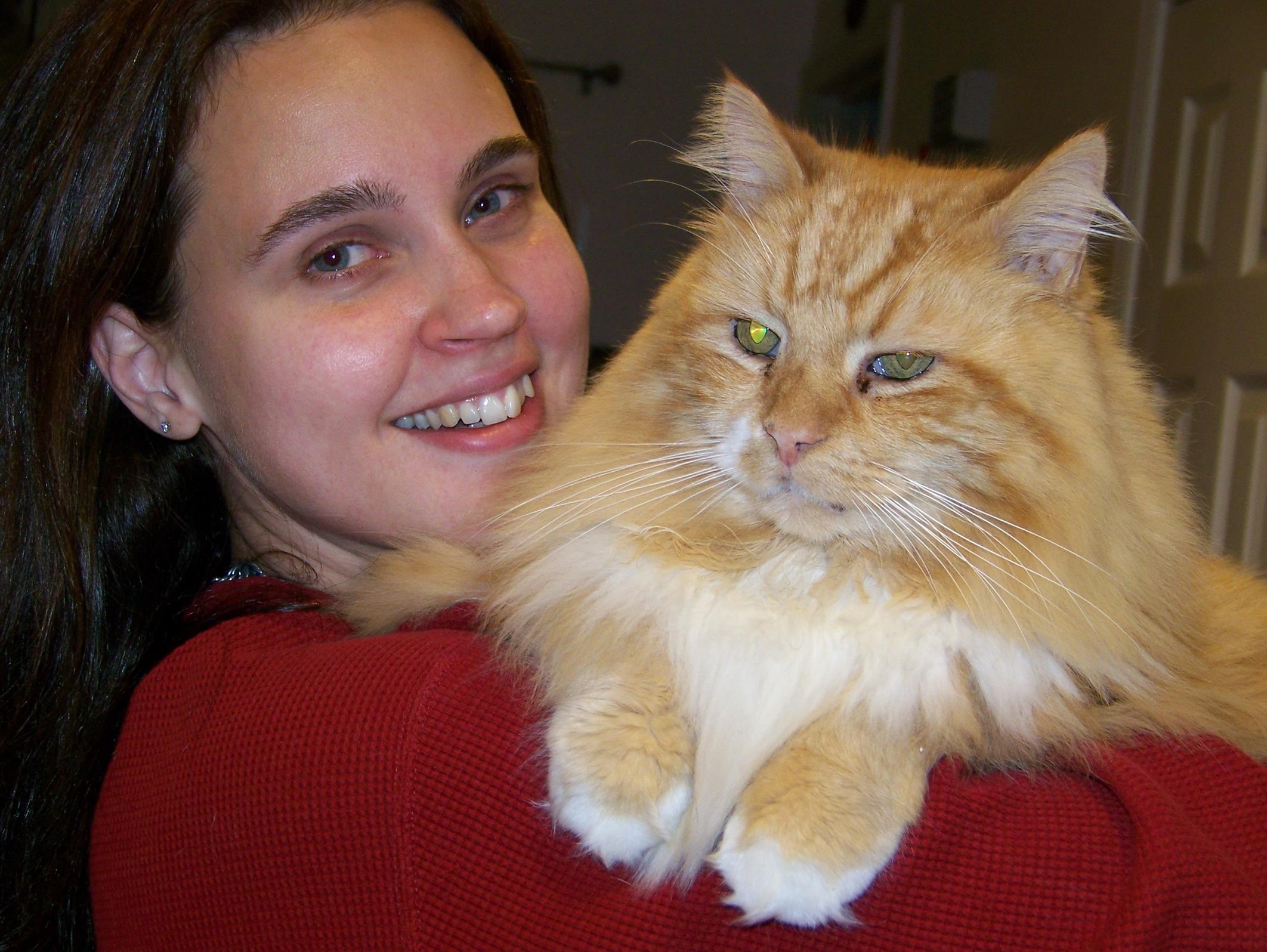
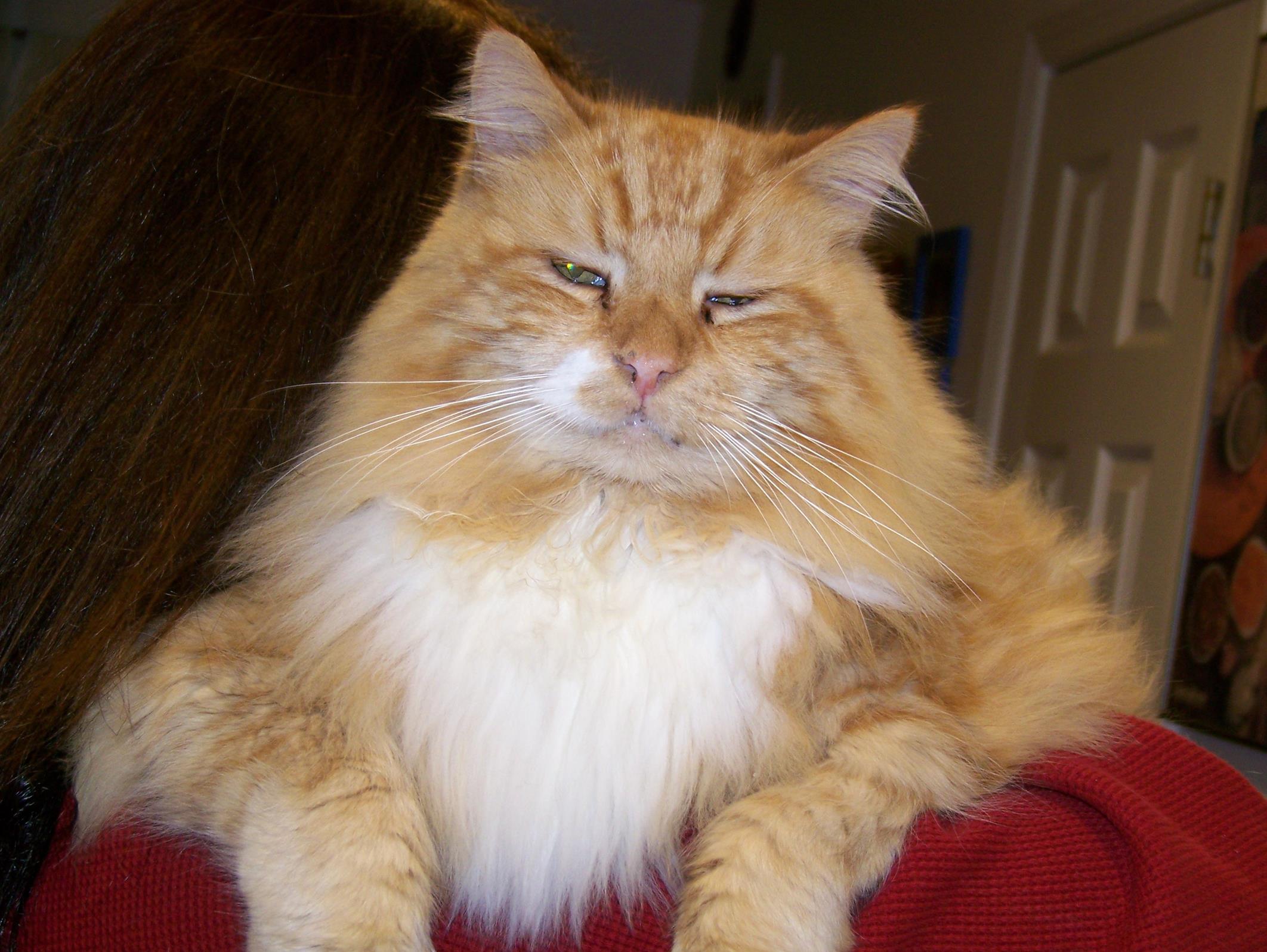
When it came time for me to move on, there were two residents left that just killed me to leave behind. Charlotte (affectionately called Snarlett) I successfully placed with a fantastic family who we still see to this day! But Albert was left behind. I thought about him every day. Then I heard that the new owner of the clinic didn’t want the burden of the clinic cats and that some of them were being shipped to her other clinic to live a life in cages and be blood donor cats. The same would be true for some left behind at this office. If they were senior or had medical problems well, I feared the worse! Albert, being FIV+ was a goner in my opinion. Certainly not going to be a blood donor with FIV. This is where I should probably stop sharing but here it goes.
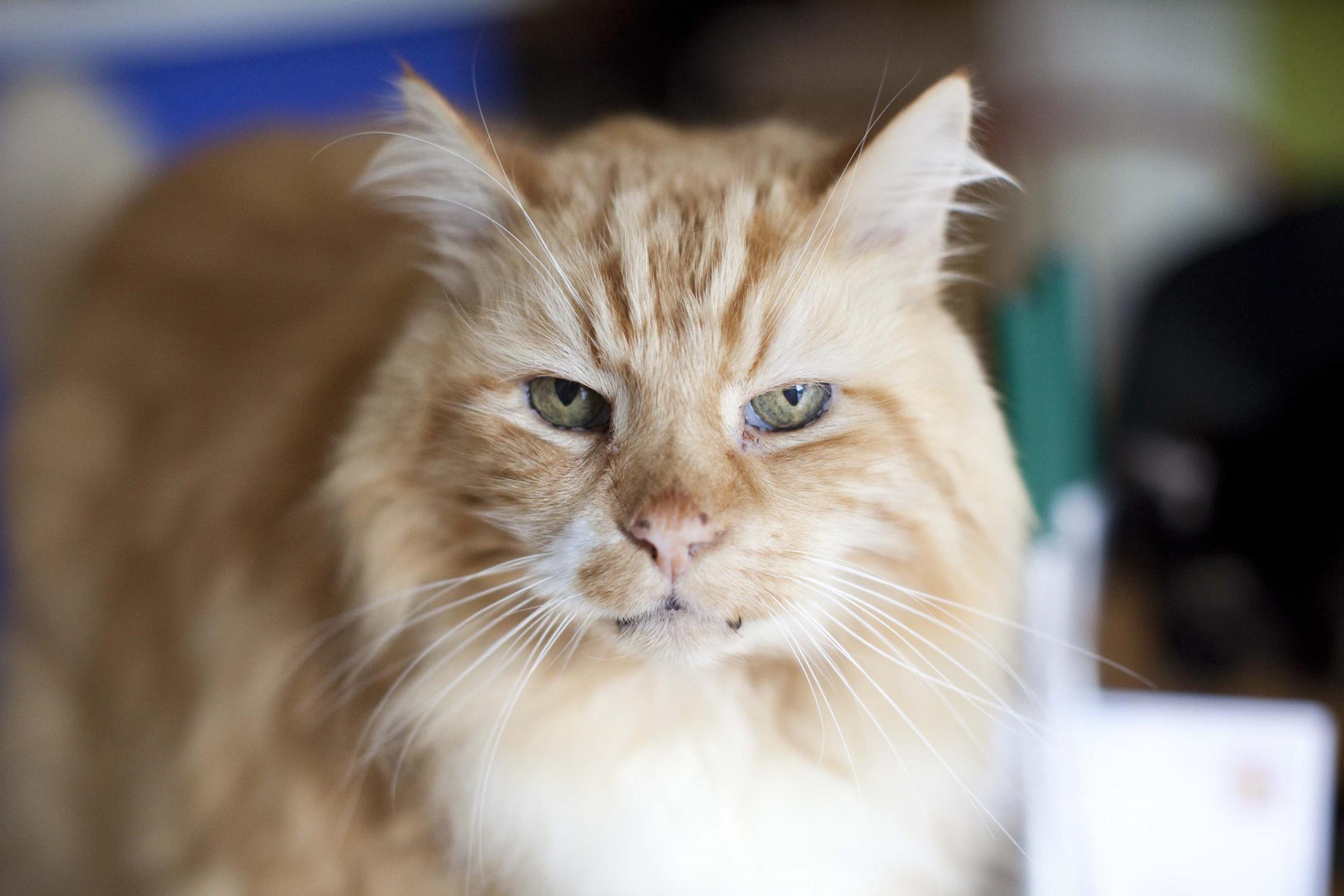
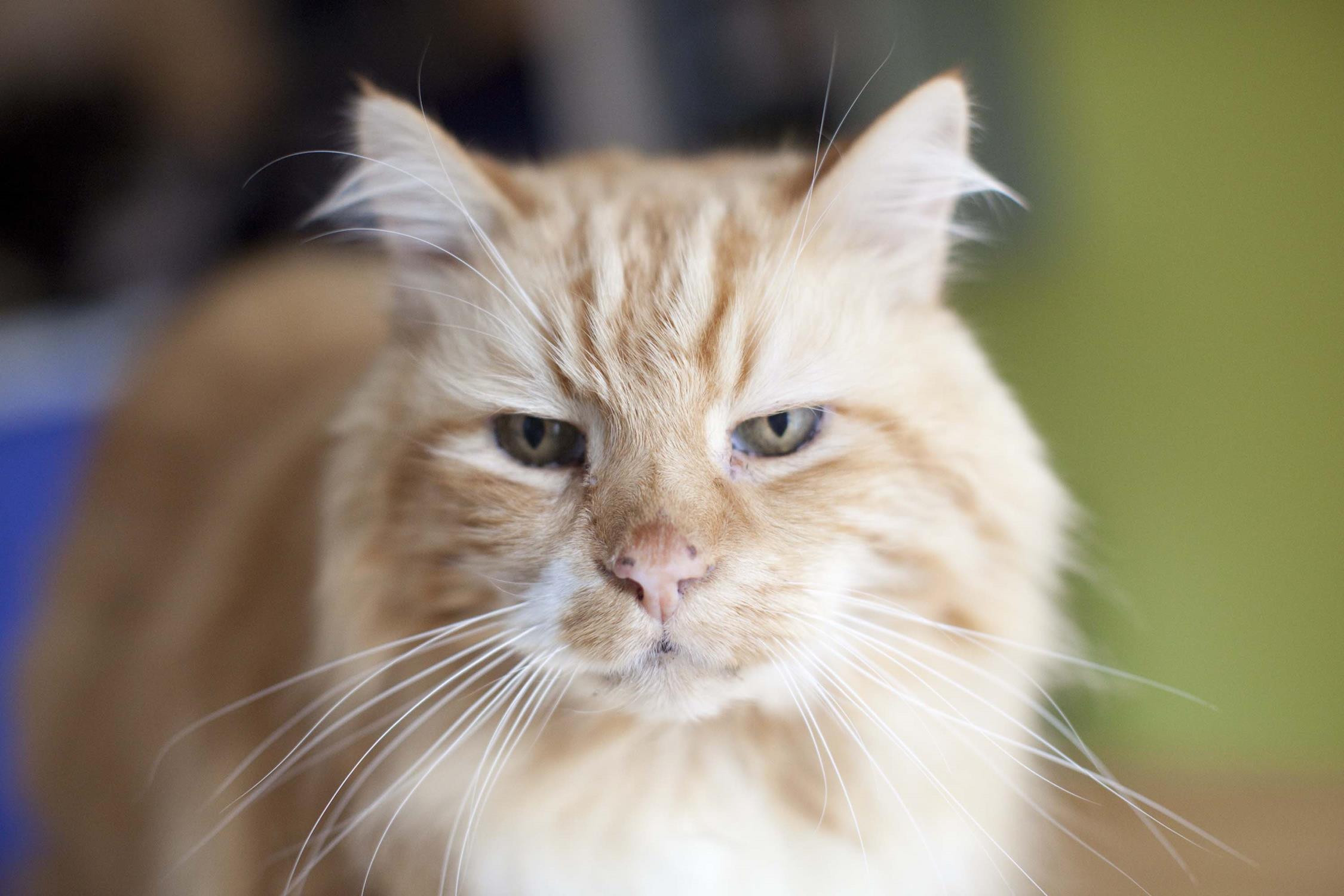
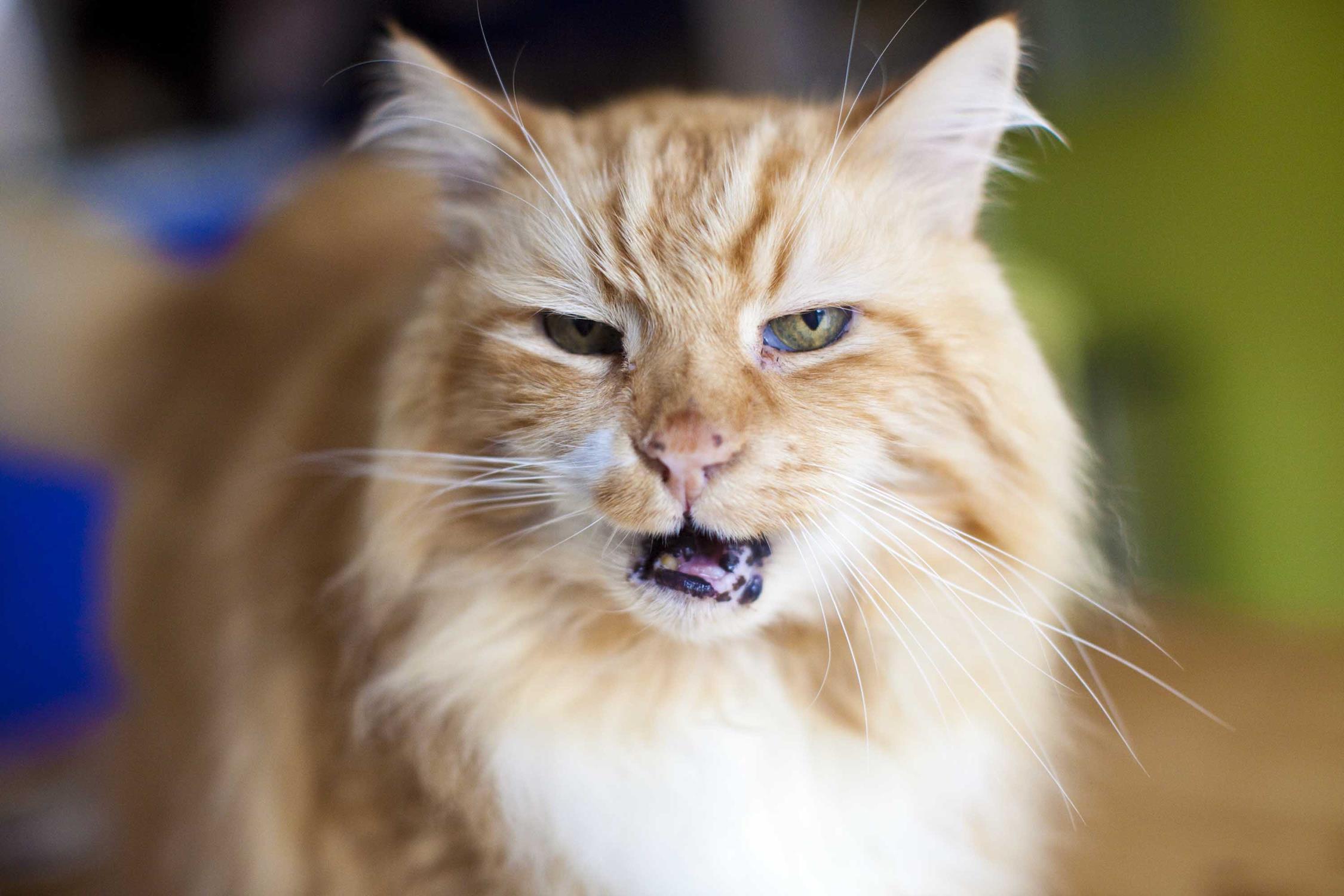
I contacted my last hope at the clinic, the only one who stayed after we all abandoned the ship and told her I wanted to come get him. We planned a night for me to drive over there after work, they stayed open later than my current practice, a night when the docs were gone…She let me in the back door and I swiftly went to the grooming room, it had been my room for many years after all and I had only been gone for about two weeks. Everything was where I left it. I proceeded to fine Bert as we affectionately called him, donned my grooming apron and an anti-fungal bath was in full swing! No way I was bringing him home all gross. Now I realize bringing a cat with chronic ringworm into my house was a bit of a crazy crapshoot, but I will honestly tell you that Albert’s worm was his own special recipe. He never gave it to anyone, I never got it from him, nor did the staff, nor did any of our other pets.
So, it’s not like I broke in or anything, but it was a covert rescue mission, and it was successful!
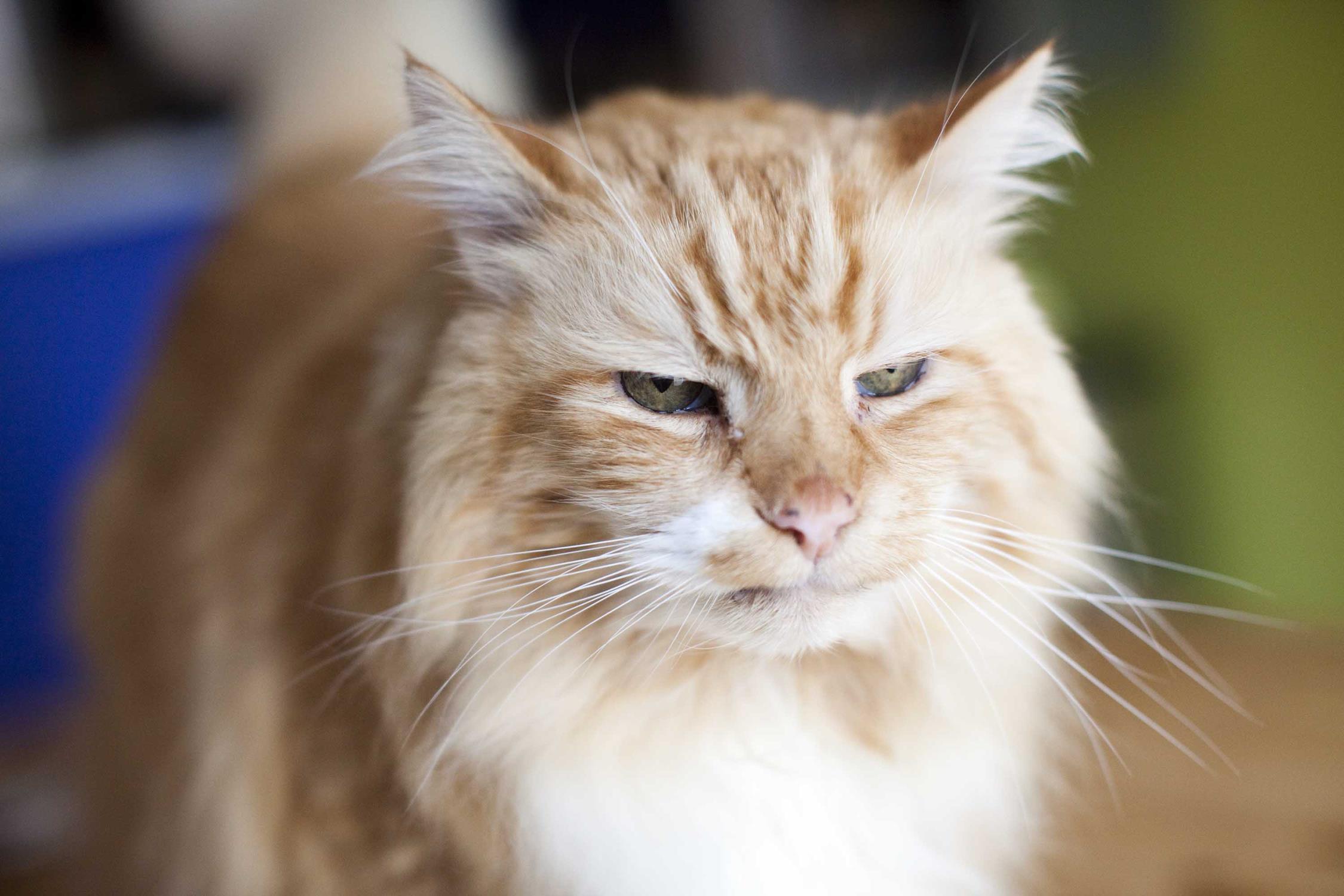
Bert fit in just fine here, he was used to a multi-cat environment and honestly, we had some spraying back then and that is not a deal breaker for us. Clean it up, move on. But he was a really good boy, he even meshed with the dogs. We all brought our dogs to the clinic for care, so he was no stranger to canines. But what was super cute was seeing him with Peaches!! OMG, had they both not been spayed and neutered could you imagine the amazingly cute kittens they would have had!! They were twinsies with the exception that she had no tail.
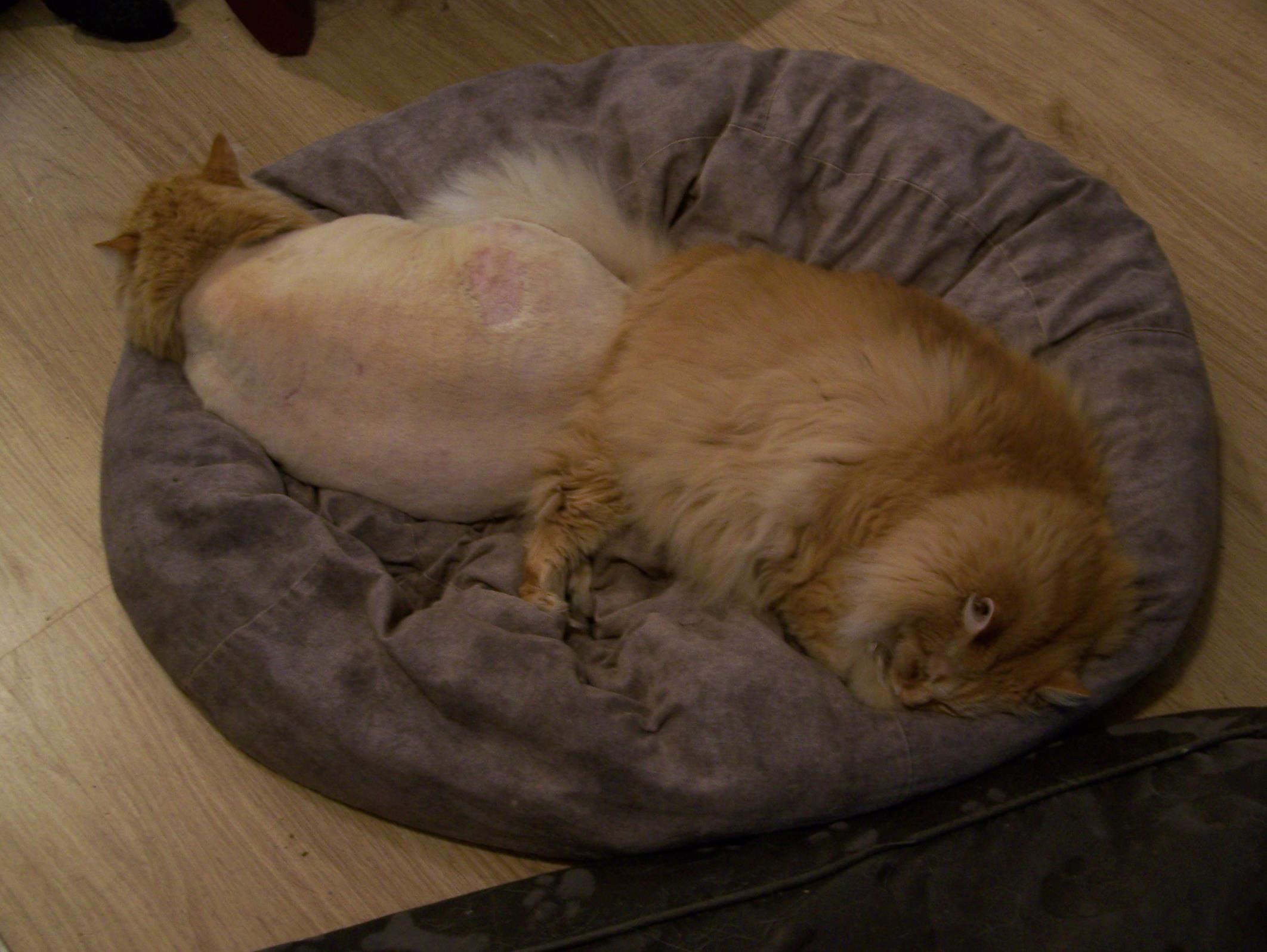
In my veterinary career, rarely have I seen a cat actually die of complications to being FIV+, in fact, I can only think of one other cat that succumbed to it specifically. FIV is not a death sentence, so many of these cats live long lives and die of something else like good old-fashioned kidney disease, but not Albert, the FIV finally got him in the end. It was really weird. His RBC count was so low at one point he really should not have been able to walk but he was still motoring around the house and still eating. We treated each and every condition as it arose, and he too was victim to my poly-pharmacy treatment protocols. He did well for a long time, but on his last days we let him out in the yard to enjoy the grass and flowers. You can see in the photos the ringworm all over his little nose and his bib is wet from constantly drinking so much. These were the “strictly indoor” days when we did not do leash and harness walks, catios or stroller rides. I always felt it was important to let them go outside in their final days and that made me think…”I bet they would have enjoyed this more when they felt better and were healthy” and so that is partially how the change began. I am now a big proponent of allowing cats safe, supervised outdoor access (if they enjoy it) as it significantly improves their quality of life. Live and learn.

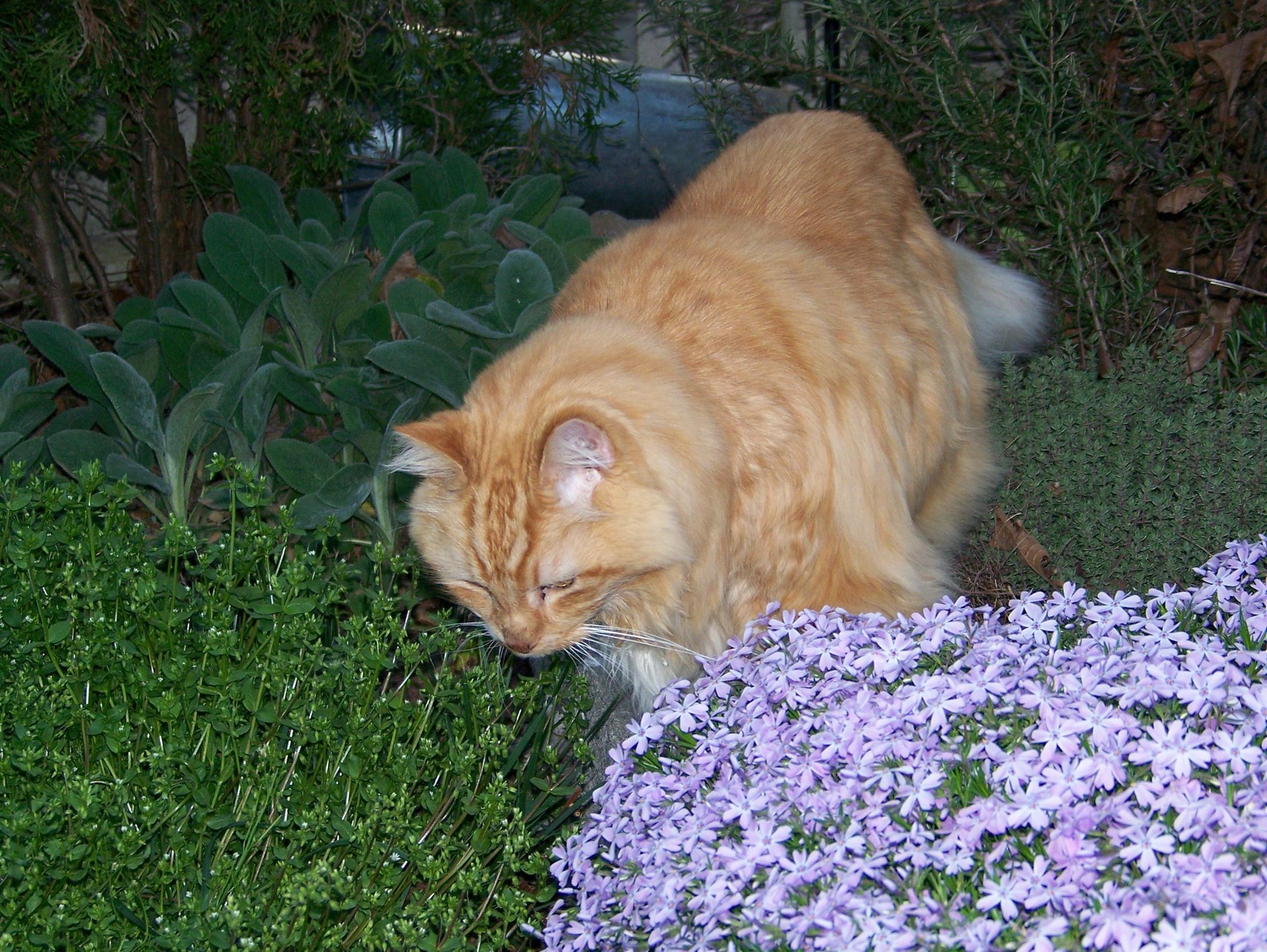
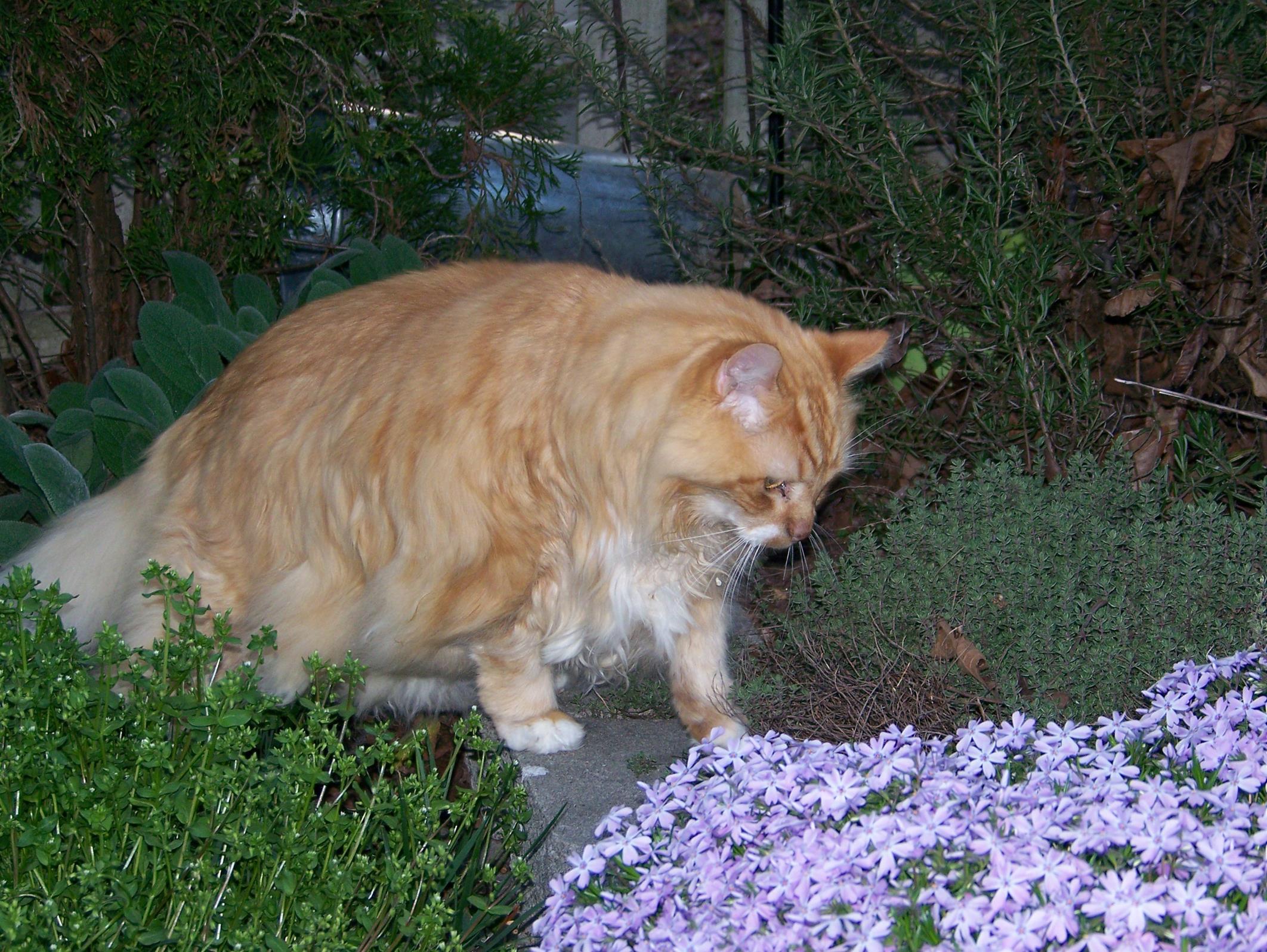
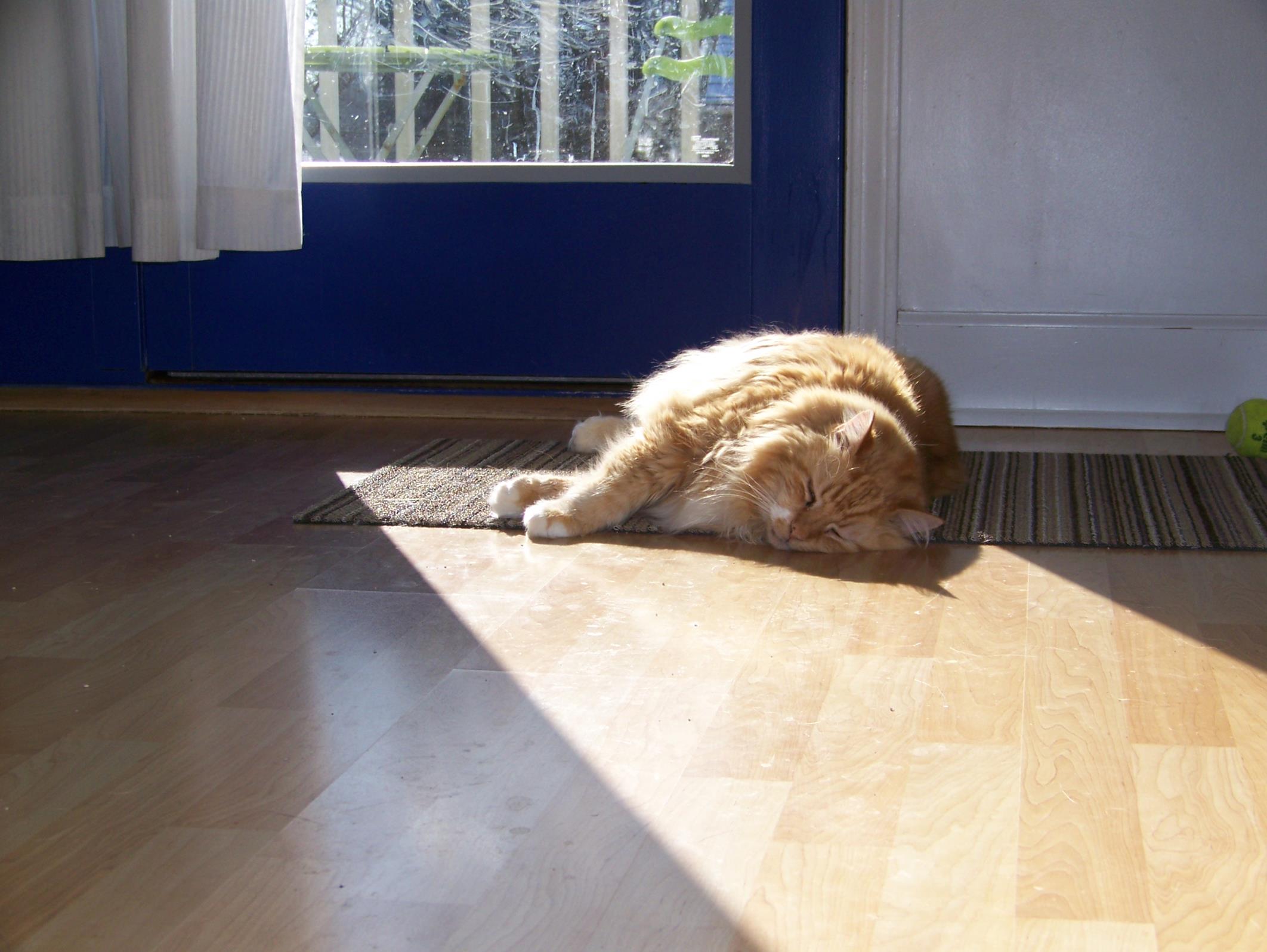
Bert wasn’t with us too long about 4 years or so, but I have always felt so good about going back and scooping him up even if it was a little bit of a secret mission. No one noticed he was gone, no one cared, but I did, and my caring changed Albert’s life and probably saved it too. Love you, you grumpy Gus! We always loved your spiciness!
